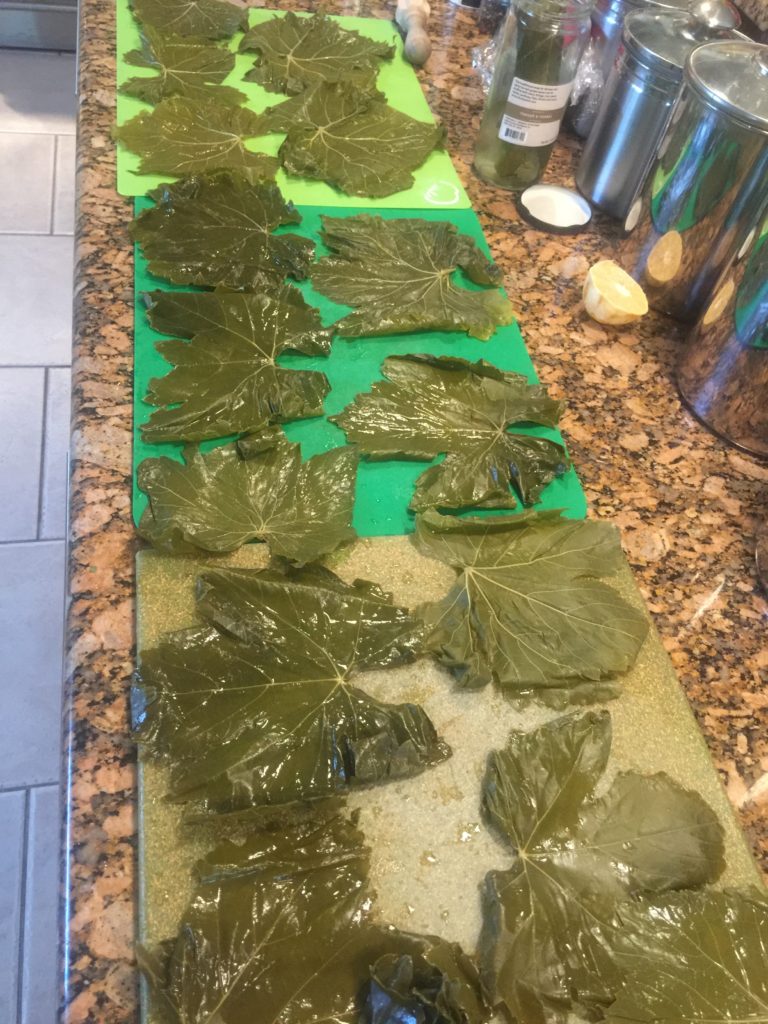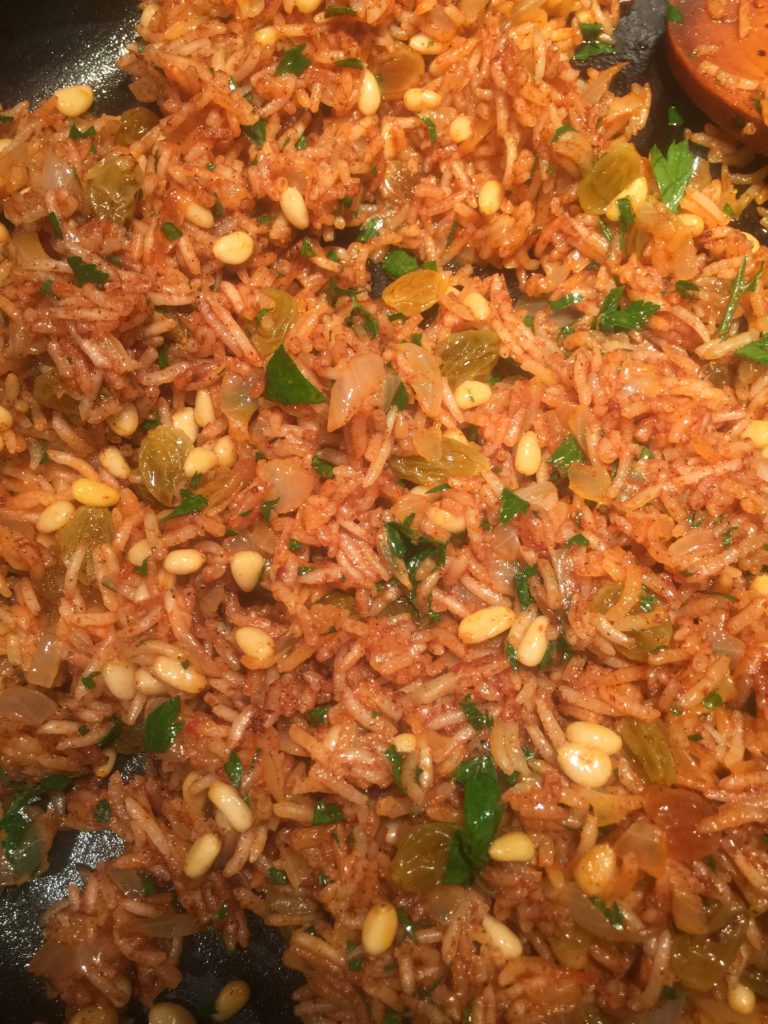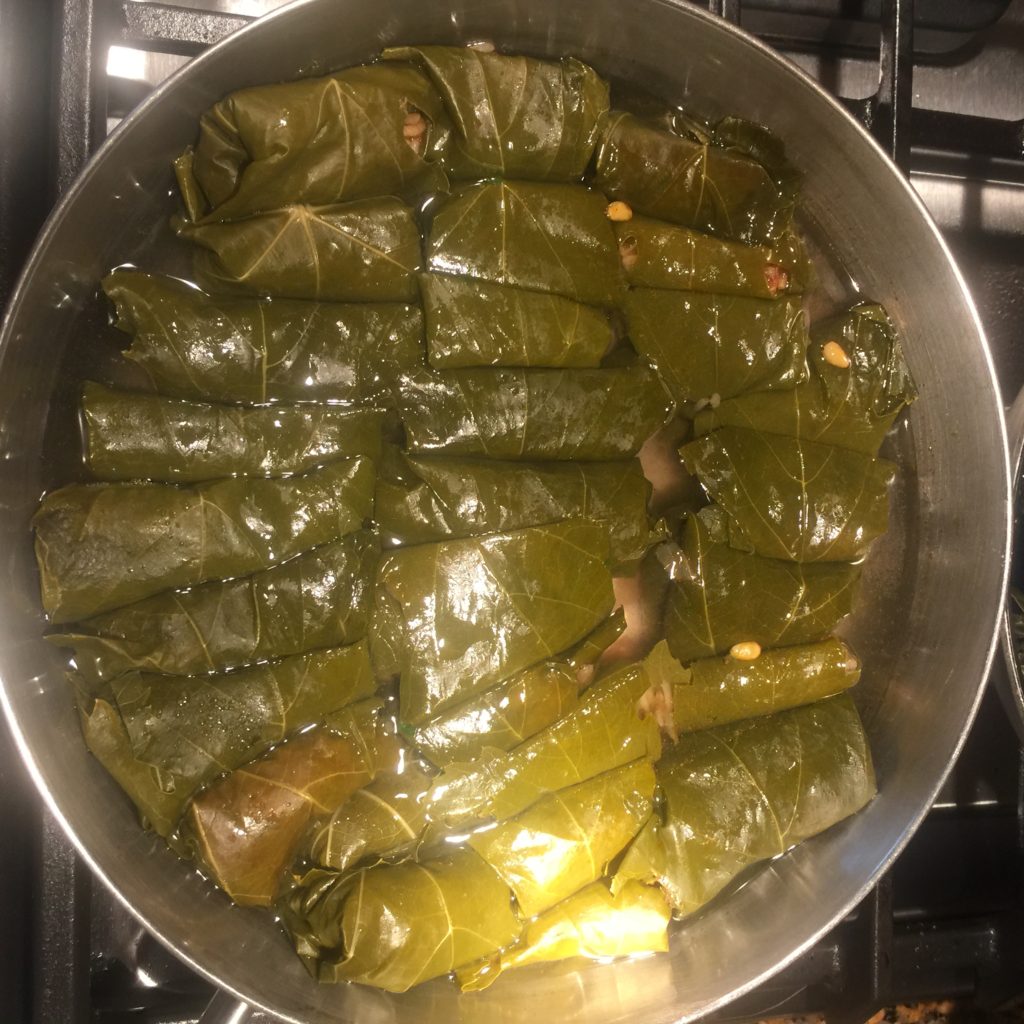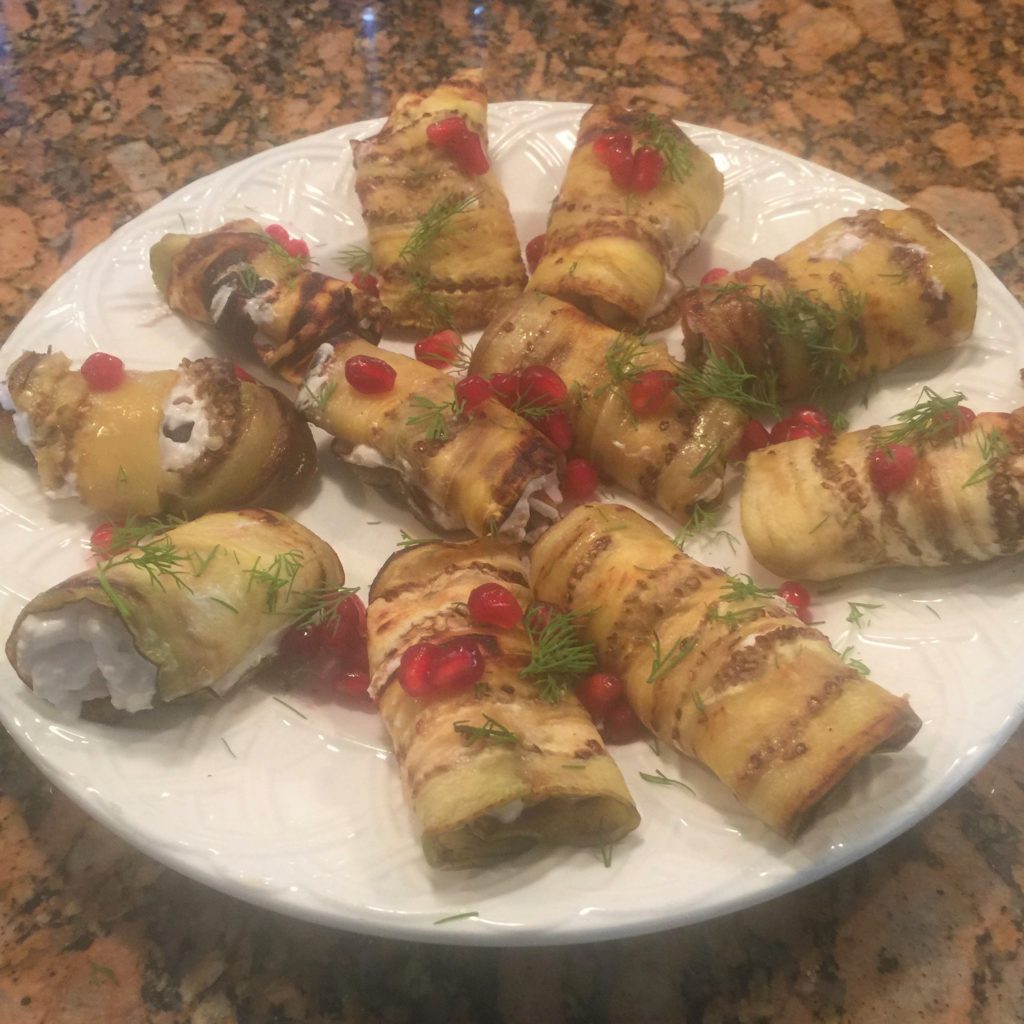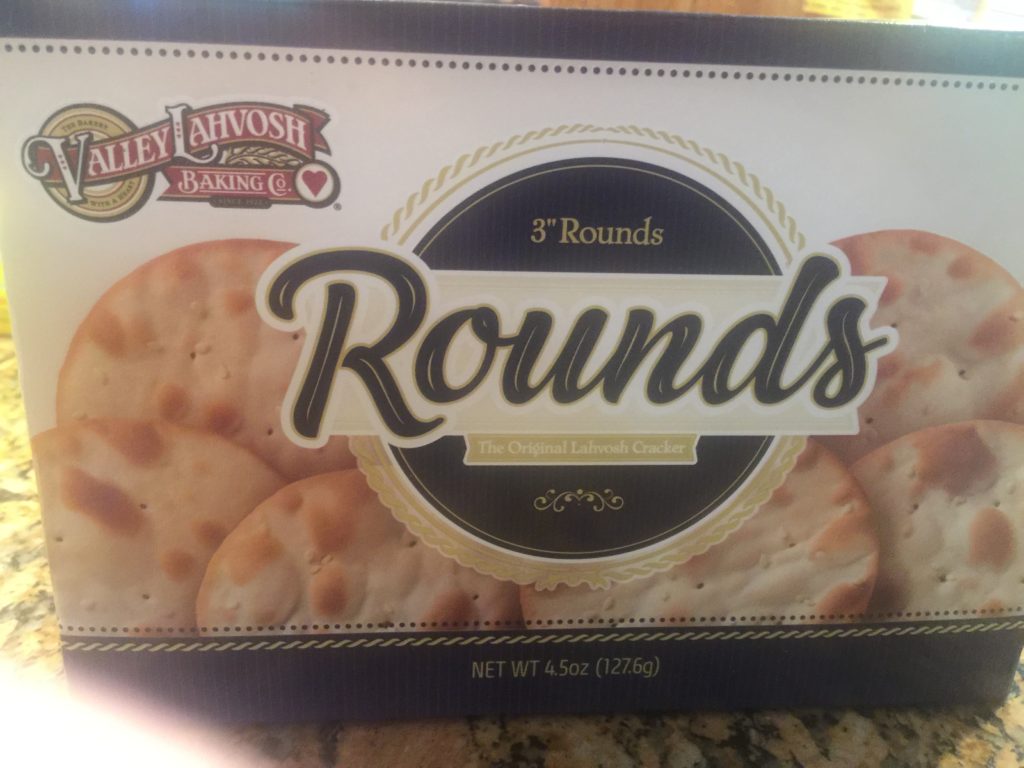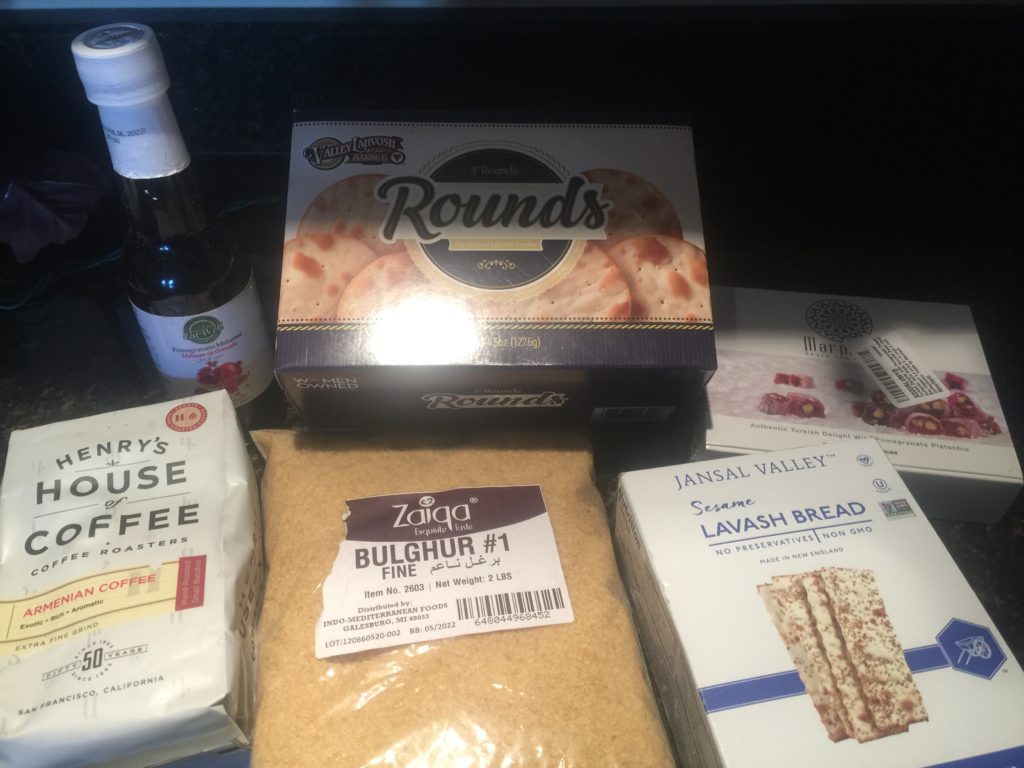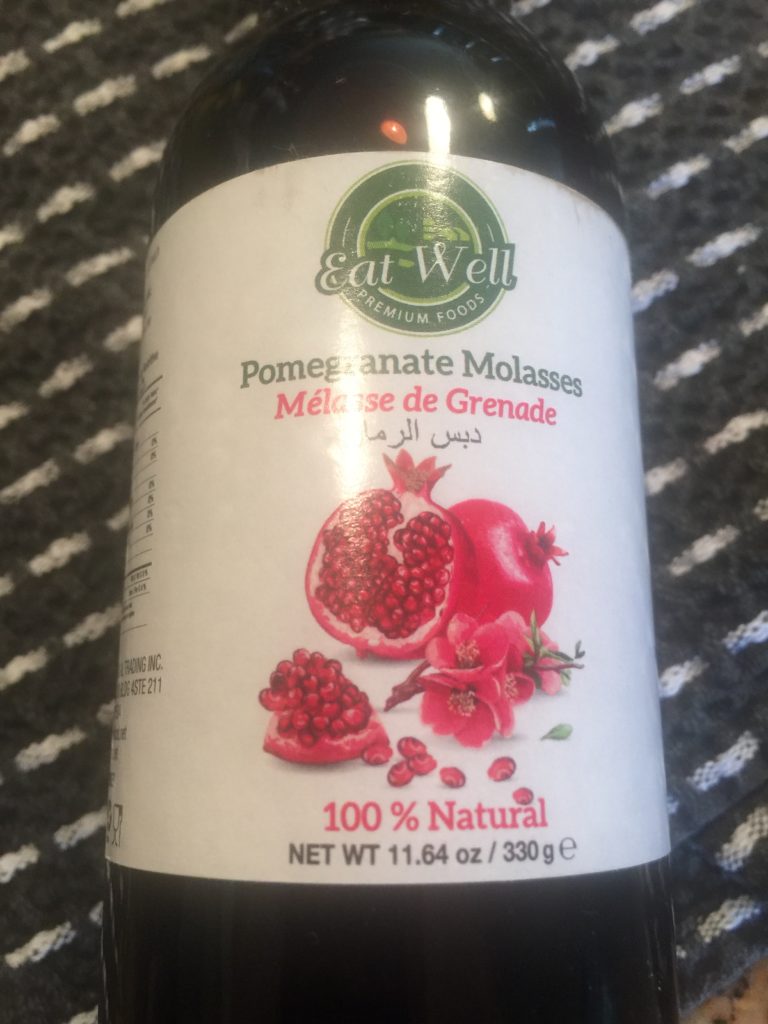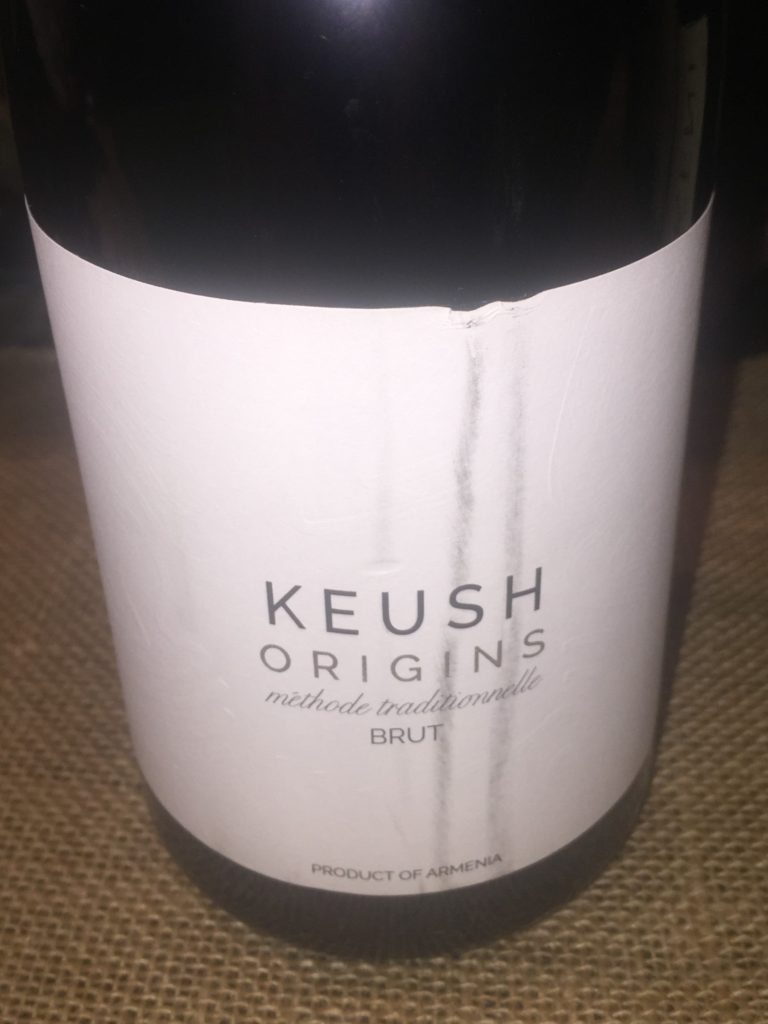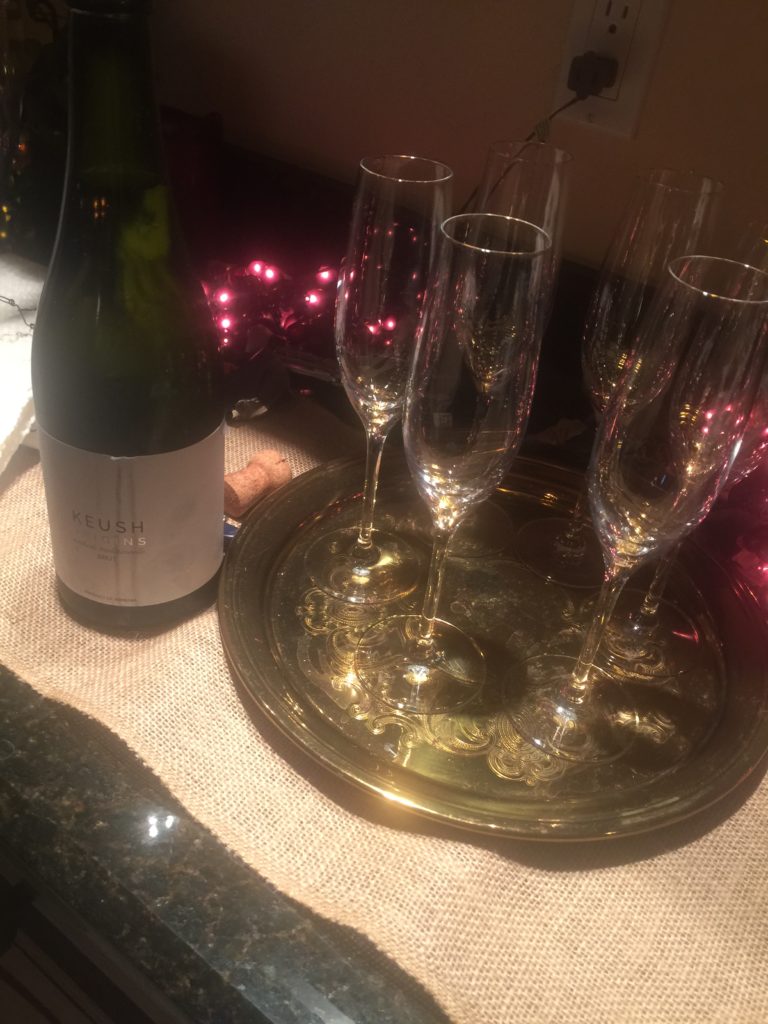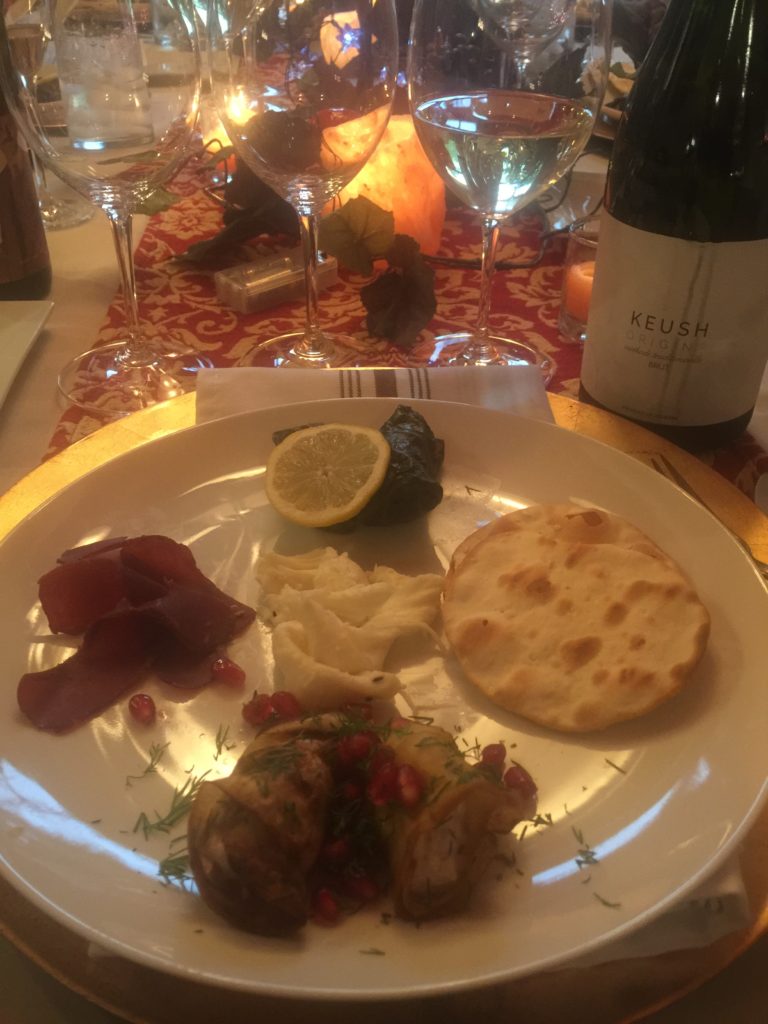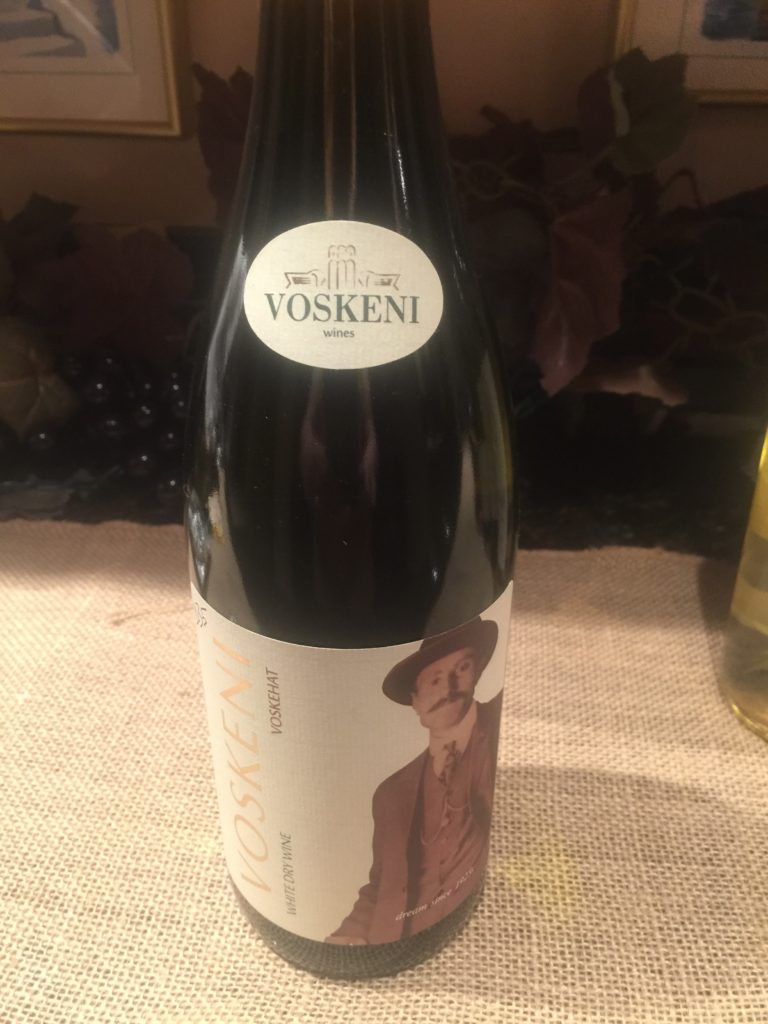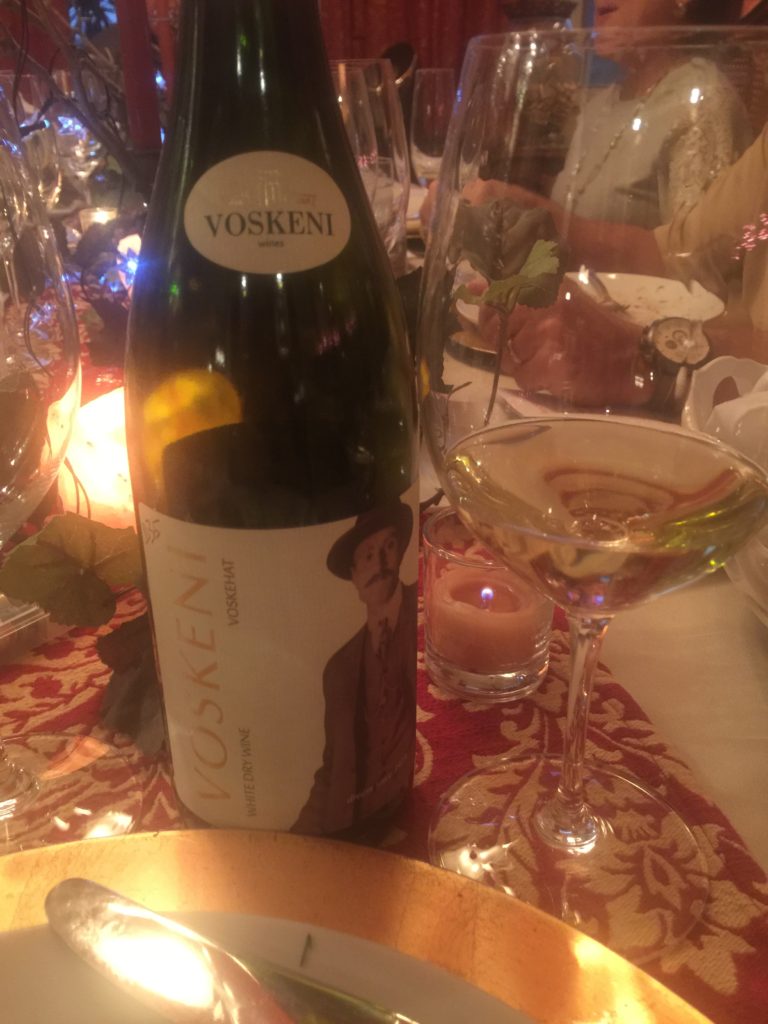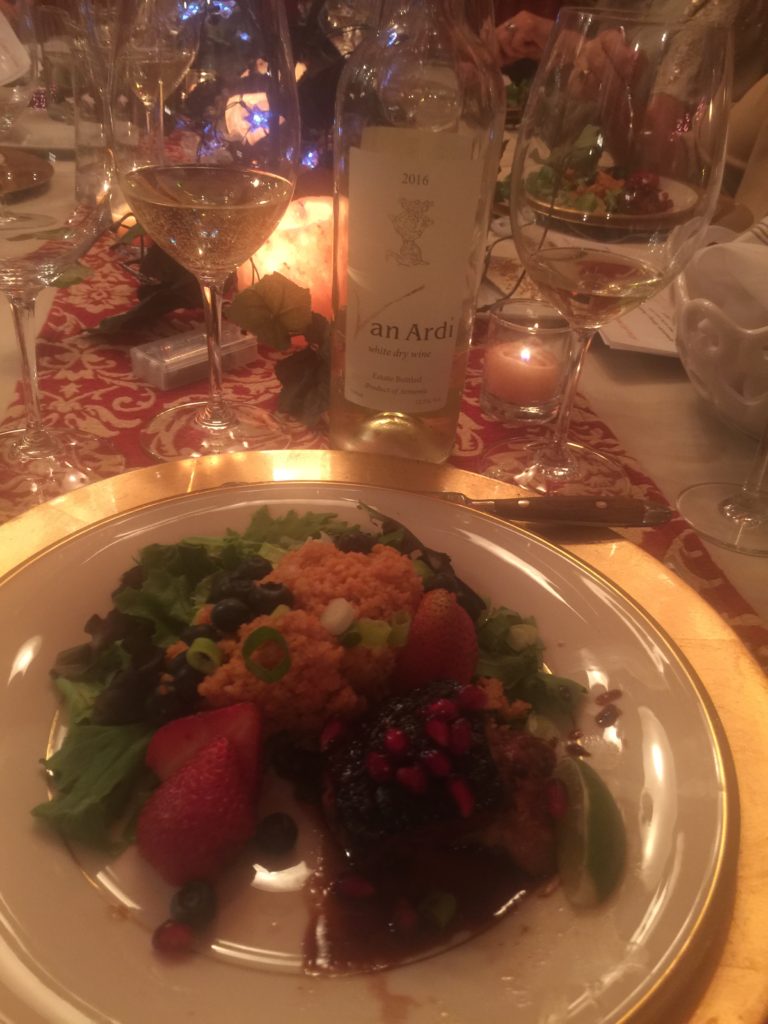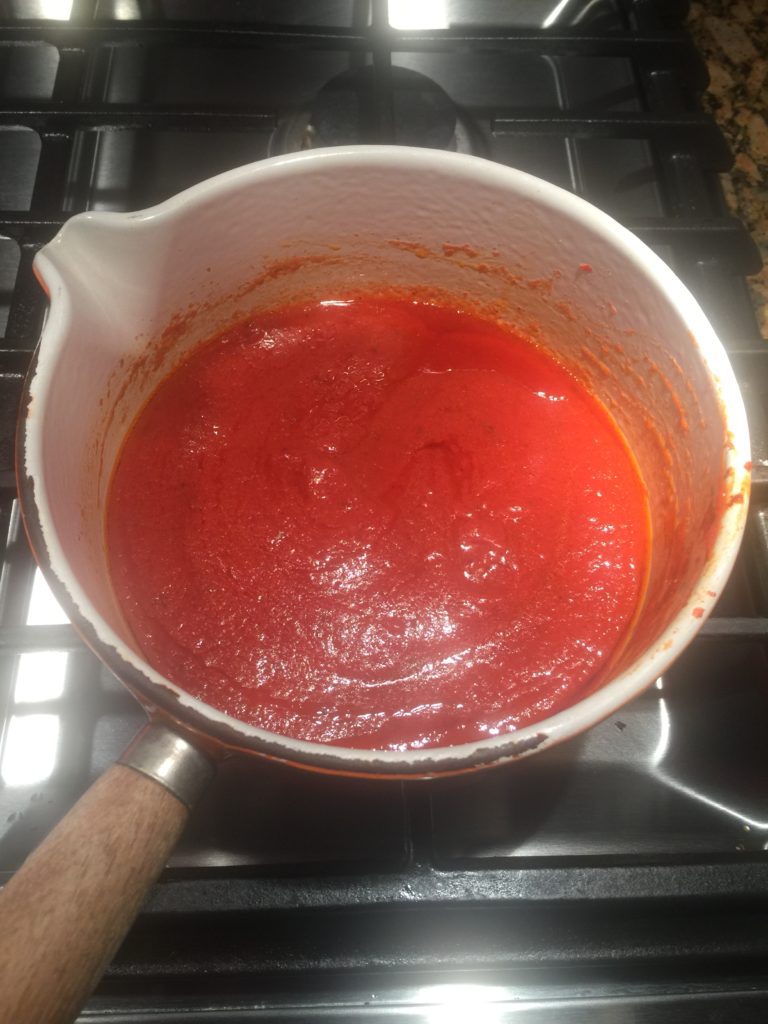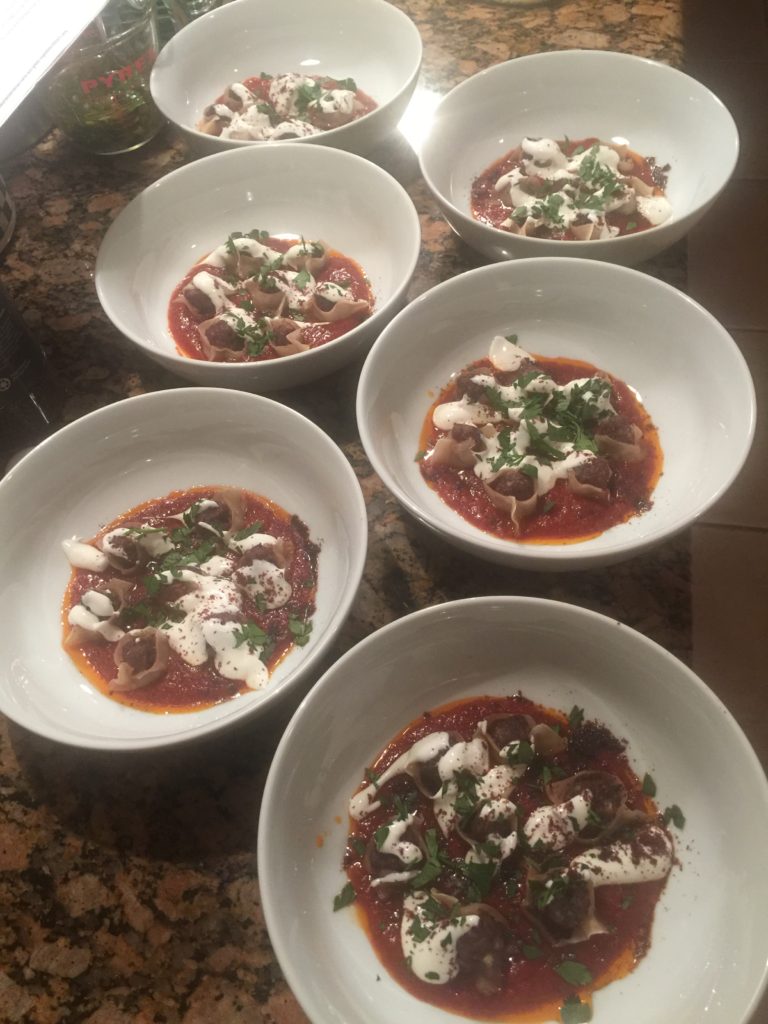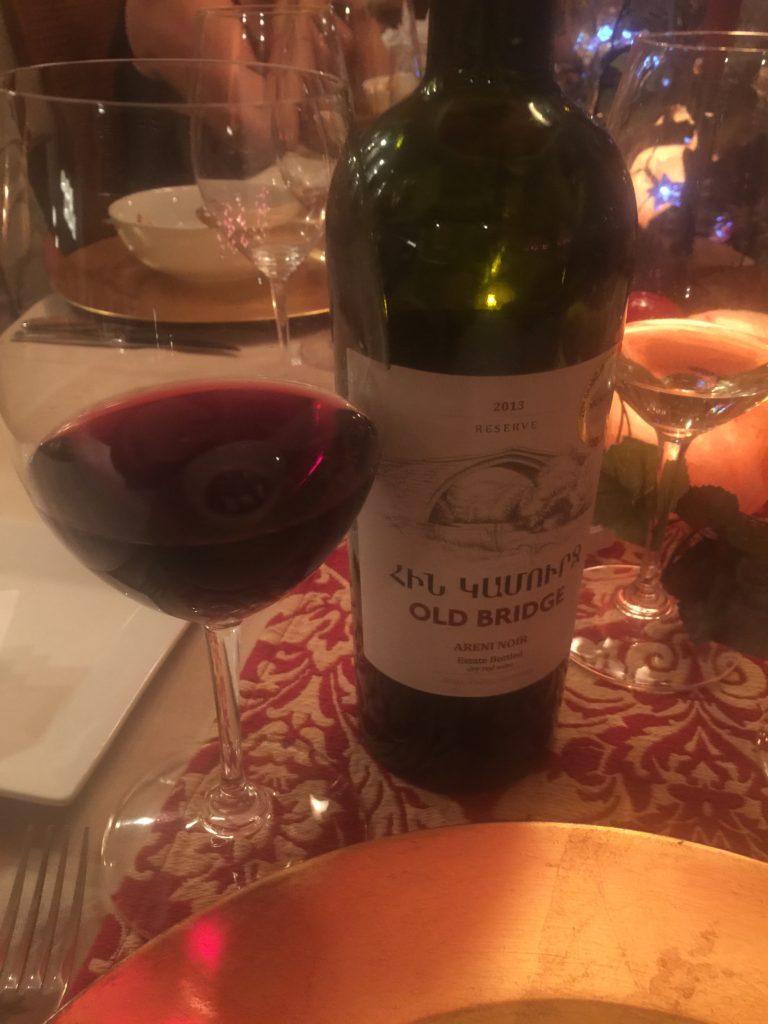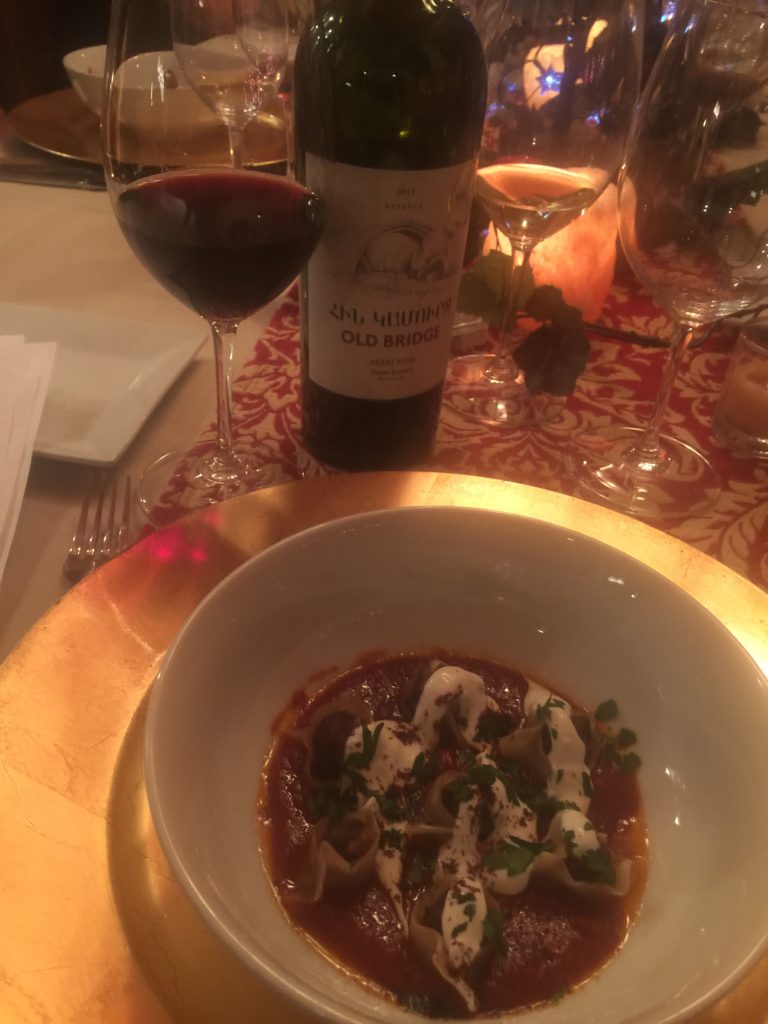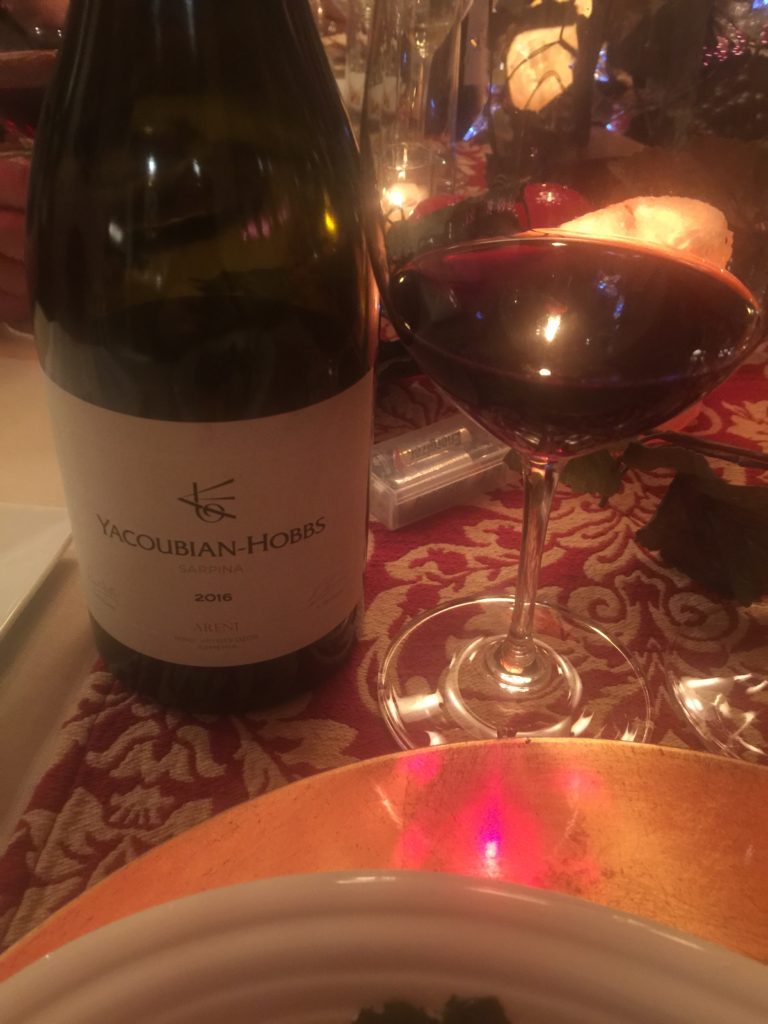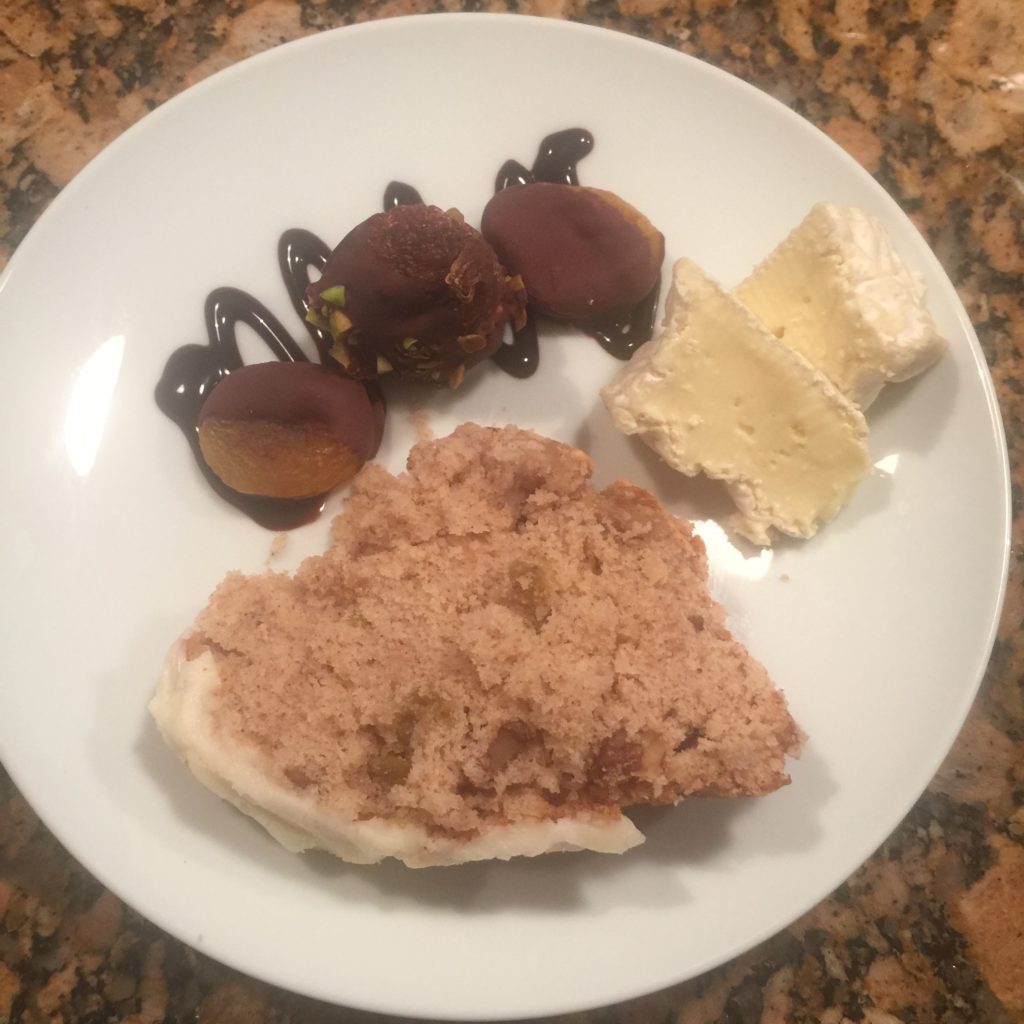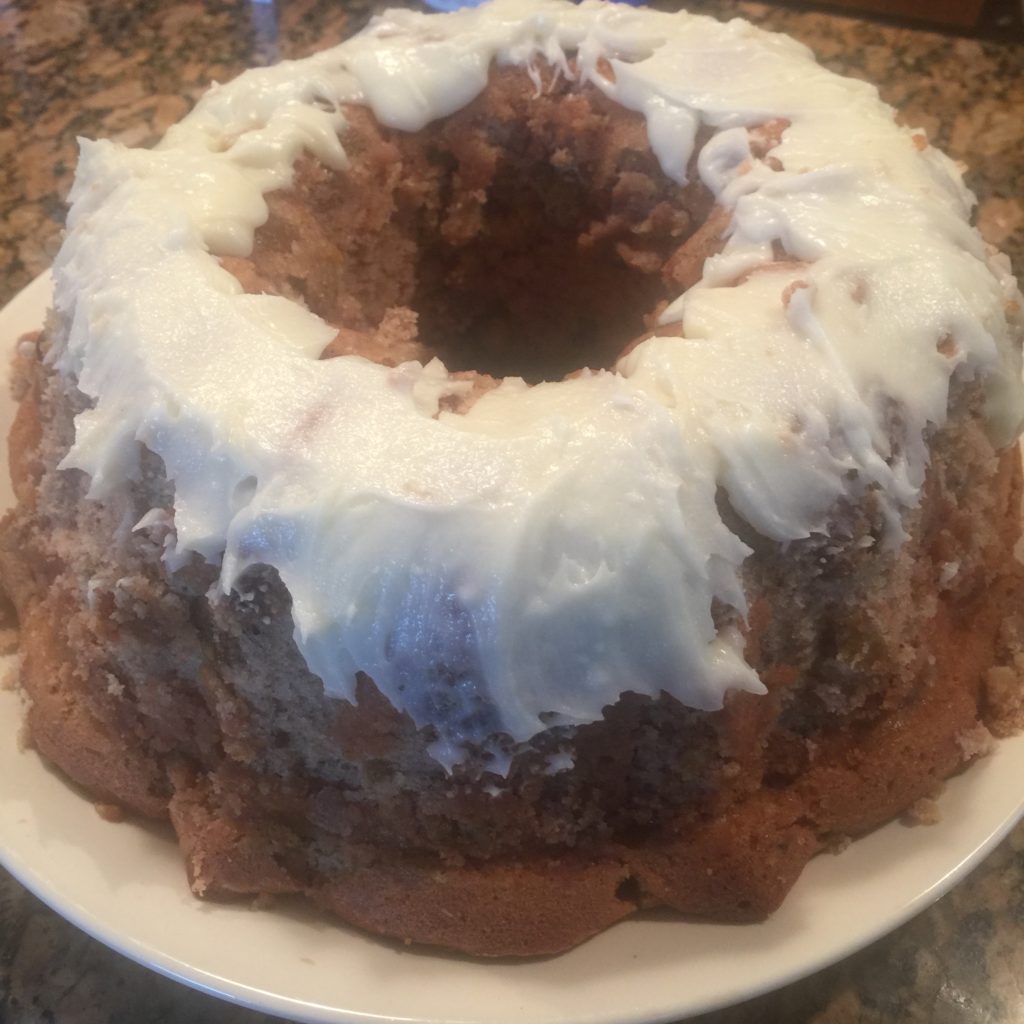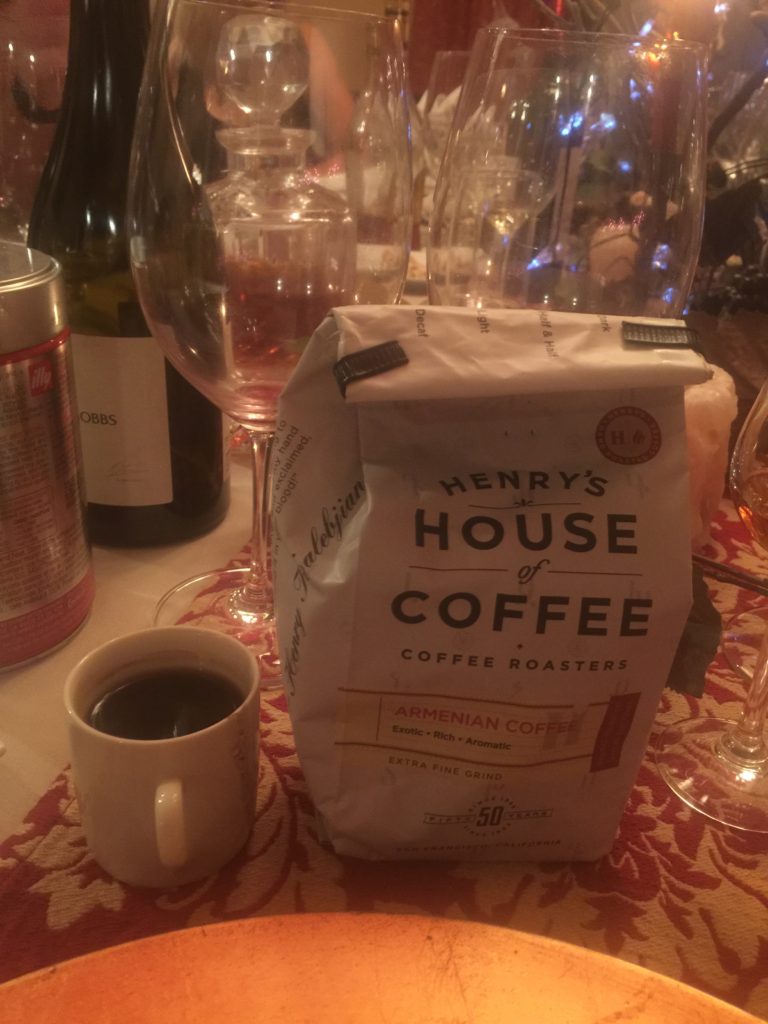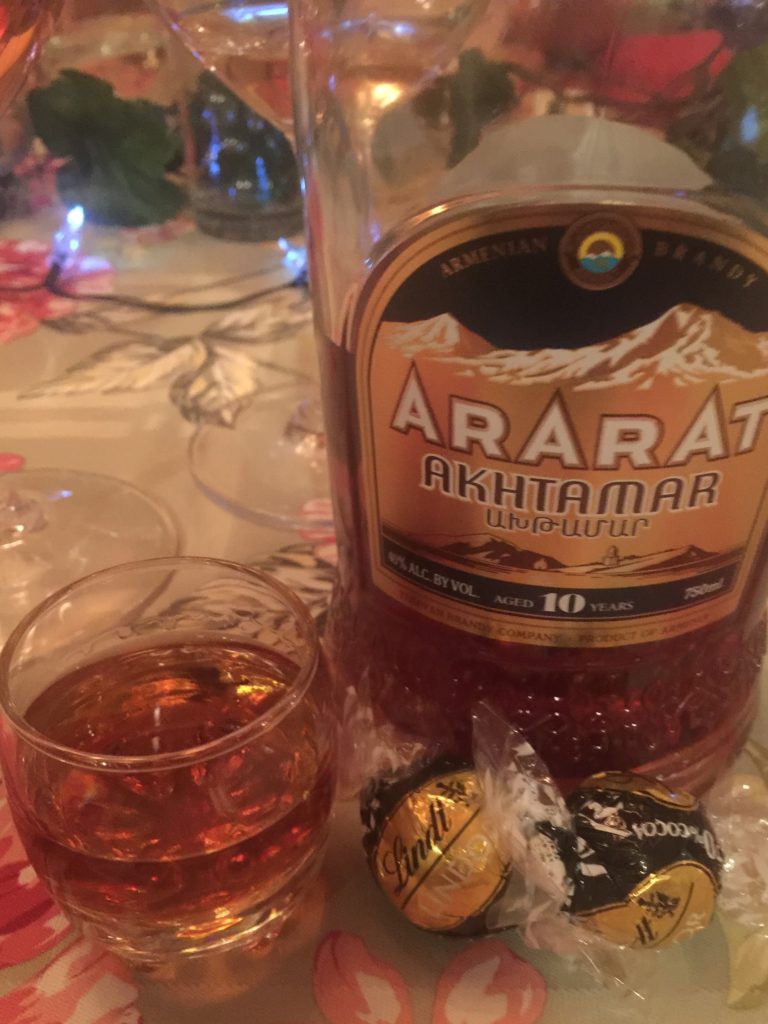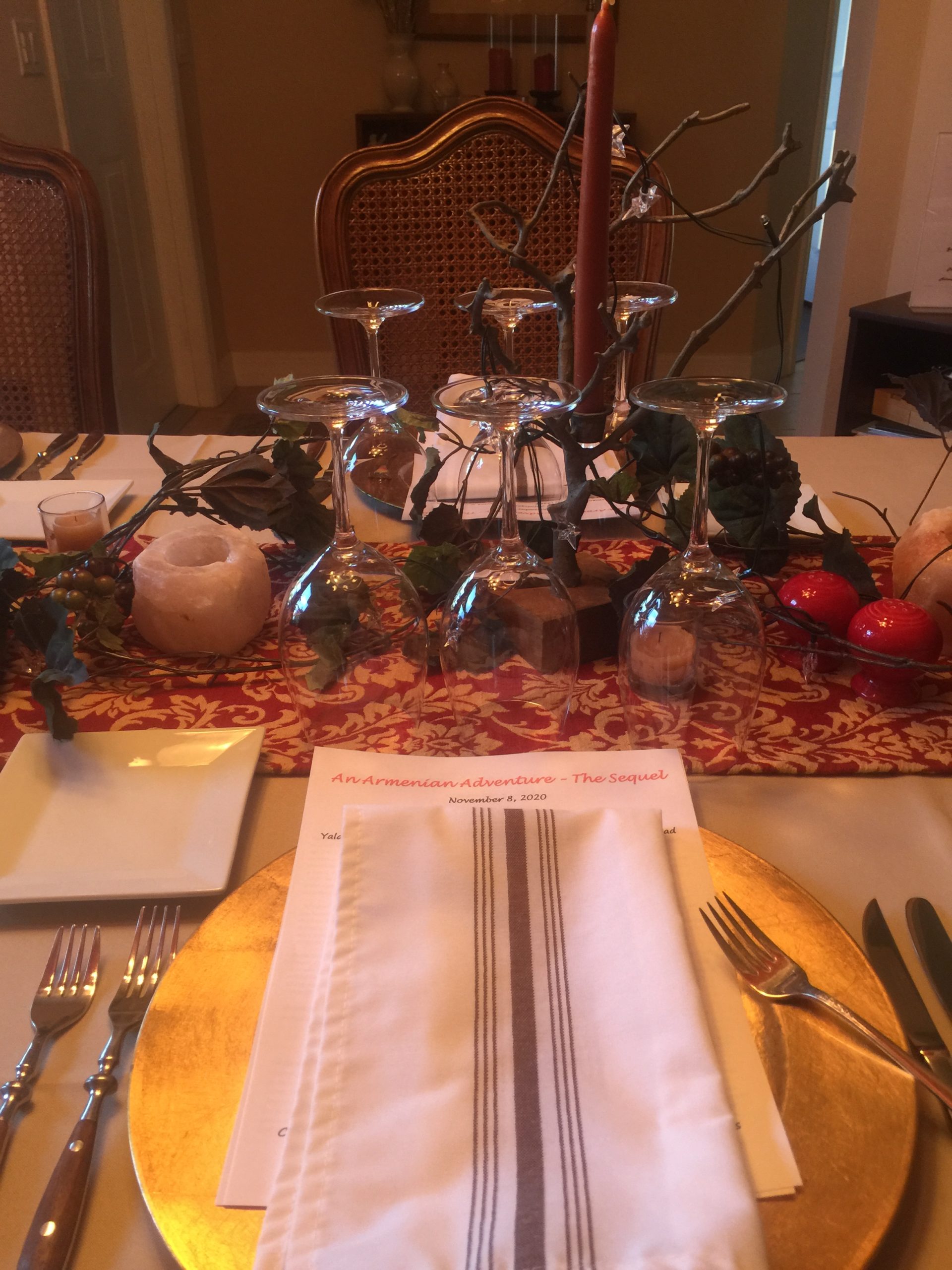
ARMENIA! Yes, that’s right! There is some world-class quality wine available now from Armenia, and I feel quite lucky to have tasted a few bottles of it. We really enjoyed our first Armenian wine dinner ——- so much that we decided to host a second dinner to be able to introduce a few Armenian wines to several more of our winelover foodie friends. This time we were able to purchase several different outstanding Armenian wines…….thanks to an awesome newly found source WinesofArmenia.com at www.mywineplus.com. You can find them on Facebook and the internet.
As usual in the world of forkandcorkdivine.com, we always try to pair up our wines with the cuisine and suggested pairings from our featured region or country. Luckily there were several other Armenian foods that we were anxious to try along with some we prepared before and really loved! You can take this adventure with us by following along with the menu, pictures of food and wine, the wine information and notes I prepared for our guests, and some of my chatter about “the sequel”.
If you have read any of my previous forkandcorkdivine.com articles, you have probably guessed that I enjoy being adventurous and not only trying new wines, but learning all about that wine producing region or country new-to-me. Armenia has a story to be told quite similar to other Eastern European countries, and we have explored a number of them — from Croatia, to Slovenia, and Turkey just to name a few — but this one has proof of wine being made back 6000 years ago. Not everyone can make that claim! If you read this article and would like to learn a bit more about Armenian wines, please refer back to my June 30, 2020 article Another Wine Dinner Adventure: Armenia – yes, we did! and my June 3, 2020 article An Armenian Adventure: “From Ararat to Areni” I hope you enjoy them as much as I enjoyed researching and writing them.
Now let’s get back to the year 2020 (this event really was one of the good things!) and get the scoop on our latest wine dinner “An Armenian Adventure – the Sequel”.

An Armenian Adventure – The Sequel
Appetizer Plate
My goal when serving appetizers is to set the tone for what’s to come, plus build up some anticipation and excitement for what are often foods from a different culture. Many times these are foods that many of us have never tried before. Lucky for me our guests are usually adventurous enough to try them. And I am usually willing to tackle sourcing the ingredients and preparing them.
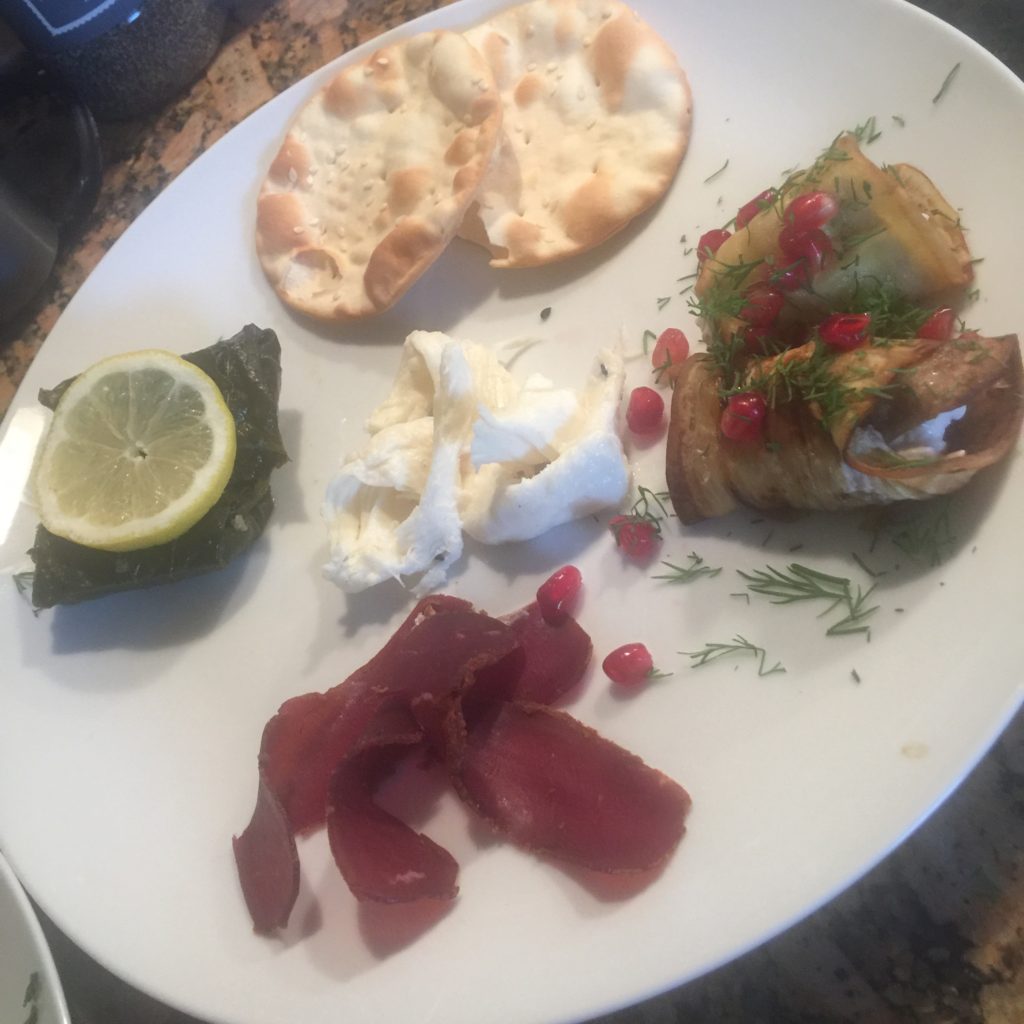
Armenian String Cheese
Basturma Air-Cured Dried Beef
Yalanchi Sarma Stuffed Grape Leaves
Armenian Rolled Eggplant Salad
Lahvosh Crackers Lavash Flat Bread
One of the negatives of purchasing specialty items to prepare many of my “less common” menu items, is that I have to buy a quantity large enough that leaves some unused portions. Sometimes that is a real positive! I was really happy to have a package of Armenian string cheese and Basturma air-dried beef – lovingly called Armenian beef jerky – hidden away in the freezer from our previous Armenian dinner. I purchased several types of lahvosh crackers, some lavash bread, a few other goodies (I try to be authentic), and was on my way to success.
Keush “Origins” NV Méthode Traditionnelle, Vayots Dzor
Keusch is an Armenian winery located about 1800 meters above sea level on the southwestern border in the rural community of Khachik in the region of Vayots Dzor. It is home to panoramic mountainscapes and just over 1000 villagers. At 1800 meters up, it is one of the highest elevation vineyards in the world to produce a méthode traditionelle. “Origins” is made under almost perfect conditions of limestone soil and volcanic rock that produce crisp white grapes ripened by sunlight from high elevation vineyards. Vahe Keushguerian is an Armenian, born in Lebanon, who also spent many years in San Francisco running a retail wine business. He later moved to Italy and produced his own wines for over 10 years. After his first trip to Armenia in 1997, he bought land and planted vineyards. He returned to Armenia every year after that until moving his family there in 2009 and has been making great wines on those original ungrafted vines ever since. Vahe also makes some still wines including Kataro. He has been instrumental in advising new upcoming wineries like Karas. We enjoyed several excellent Karas wines at our last Armenian wine dinner.
“Origins” is made from indigenous Armenian grapes – 60% Voskehat and 40% Khatouni – from 40 year old vines. The grapes are hand harvested in small lots; undergo secondary fermentation in the bottle, utilizing modern technologies. It was aged on the lees for a minimum of 22 months with an alcohol level of 12%, and 5 g/l brut sugar content. It had a bouquet of white flowers, nuts, stone fruits, lemon, golden apple and pear with a clean minerality. The texture was light and creamy with balanced structure and length, and a pronounced acidity. Jeb Dunnuck rated it at 91 points back in August 2018 and said it “is a terrific wine, as well as a screaming value.” What a great start to our adventure!
2017 Voskeni Voskehat, Sardarapat, Ararat Valley, Armavir
Voskeni is another special winery with a unique history. The main 22-hectare vineyard is located in Sardarapat, the Armavir region, Ararat Valley at 1,000 meters asl. Smbat Mateossian, an expat American Armenian businessman from Boston, moved back to Armenia in the early 1920s hoping to have his own vineyards and winery. Unfortunately the Communists had other plans, confiscated those vineyards and Smbat’s dream died. In 2008 the family was able to buy back the lands and make the dream of their great grandfather come true. They now make world class wines at Voskeni where there is extraordinary terroir for growing exquisite grapes and producing elegant wines. They also have vineyards in the city of Ashtarak, with additional plots controlled by them during growing season in Rind, Aghavnadzor and Khachik villages. Organic winemaking techniques and manual harvesting are practiced. They produce about 50,000 bottles per year. The 2017 Voskehat had hints of platinum to golden copper yellow colors; flavors and aromas of ripe melon, green apple and citrus fruits, herbals and spices; a crisp acidity, velvety in the mouth and full bodied, and pairs well with white meats especially fish and seafood, vegetables and dessert fruits in addition to our assorted appetizers. Voskeni also makes red, white and rose wines in addition to the Voskehat.
Voskehat (Voskeat) pronounced “voh-ski-hut”, is an aromatic white grape that many consider to be the finest Armenian native grape. Originally from Ashtarak region, but now grown across Armenia; it’s the most popular white wine grape in Armenia and you will find it in almost every Armenian white wine either as a varietal or a blend. The name translates to “golden seed” and is called the “Golden Grape” and makes complex medium bodied wine with fruit flavors of kiwi, melon, pineapple and quince, along with floral and honeysuckle notes; may be compared to Chenin Blanc, especially wines of Vouvray. This grape is also thick-skinned and quite hardy.
Khatouni (aka Khatoun Kharji) is a rare variety that grows well in the Vayots Dzor Region of Armenia. This variety is highly productive in the region’s terroir and is used to craft wines with a crisp, bright finish.
First Course
Pomegranate-Glazed Salmon on Eech Armenian Bulgur Salad
Eech is an Armenian salad or side dish made from very fine bulgur #1, a whole wheat grain and staple in Middle Eastern and Mediterranean regions. For this version of “eech”, it’s cooked with tomato paste, red pepper paste, red pepper and onions. As you can imagine it is quite spicy! I served it with salmon fillets that had been marinated in soy, olive oil, lemon and lime juices, garlic, ginger and a few other spices. To cook it, brush it with more spicy goodness of pomegranate molasses, soy, garlic, ginger and lime; then broil or bake while brushing it again until the salmon is flaky and nicely glazed. What a beauty this plate makes when garnished with fresh berries, pomegranate seeds, scallions and lime wedges. It’s a superstar!!! And pairing with our Van Ardi wine? Wow…….is all I can say. Our guests raved about this wine and the food pairing.
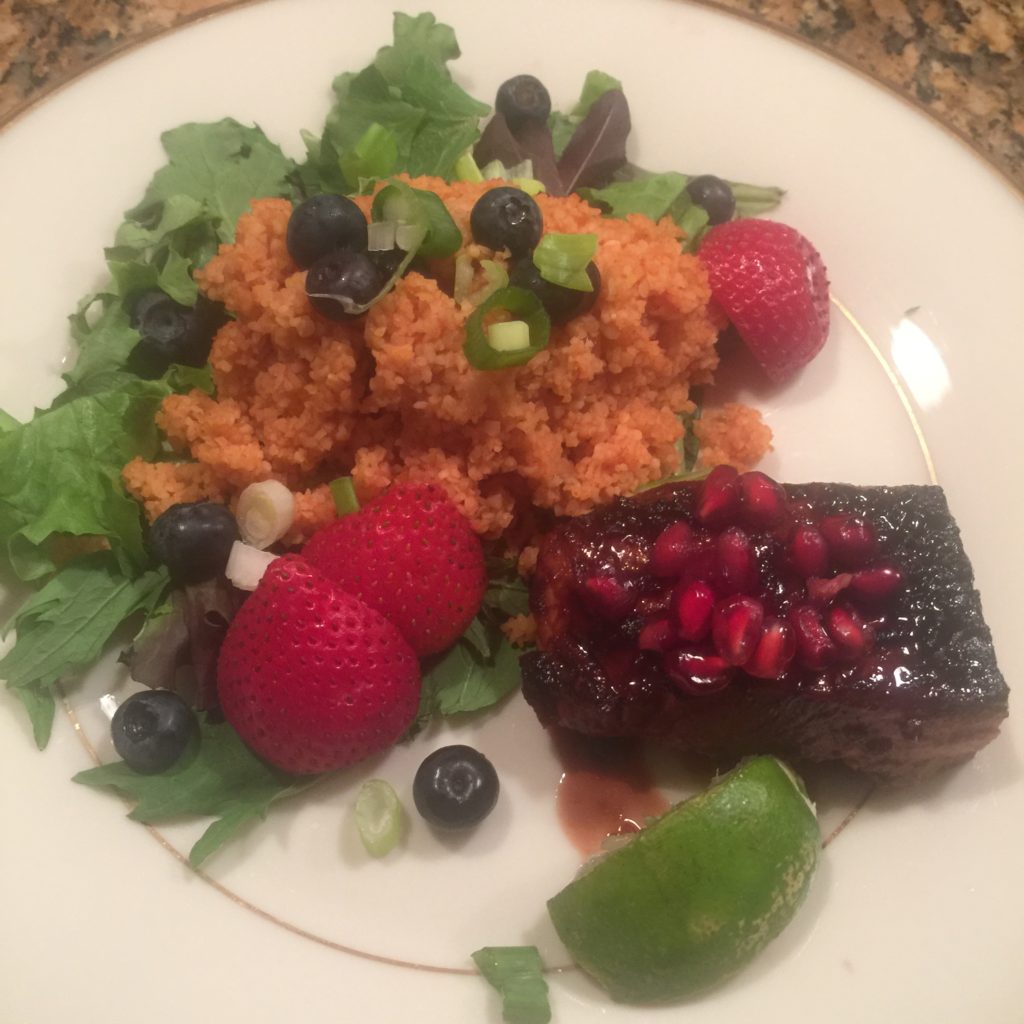
2016 Van Ardi White Blend, Sasunik, Aragatsotn
(70% Kangun, 30% Rkatsiteli)
Founded in 2008 by an Armenian-American, Varuzhan Mouradian, the Van Ardi 20 acre estate is located in the Aragatsotn region, between the mountains of Ararat, Aragats and Ara, on volcanic soil rich in minerals and limestone tuff. There is also great and constant sunlight at this 1000 m high location giving it perfect conditions for quality wine production. Van Ardi is about 20 miles northwest of Yerevan, the Armenian capital. This entire region is undergoing a wine renaissance after the days of the Soviet Union. Van Ardi focuses on native grapes like Kangun, Areni and Rkatsiteli along with some international grapes such as Syrah. This 2016 white dry wine had a fresh aroma of banana, apricot, some citricity and touch of fresh cut grass. It was light and silky with mid-long finish and a gorgeous bouquet of yellow exotic fruits; it was an awesome pairing with this salmon course and would be excellent with creamy cheeses, other seafood and poultry dishes. They also produce about 50,000 bottles per year.
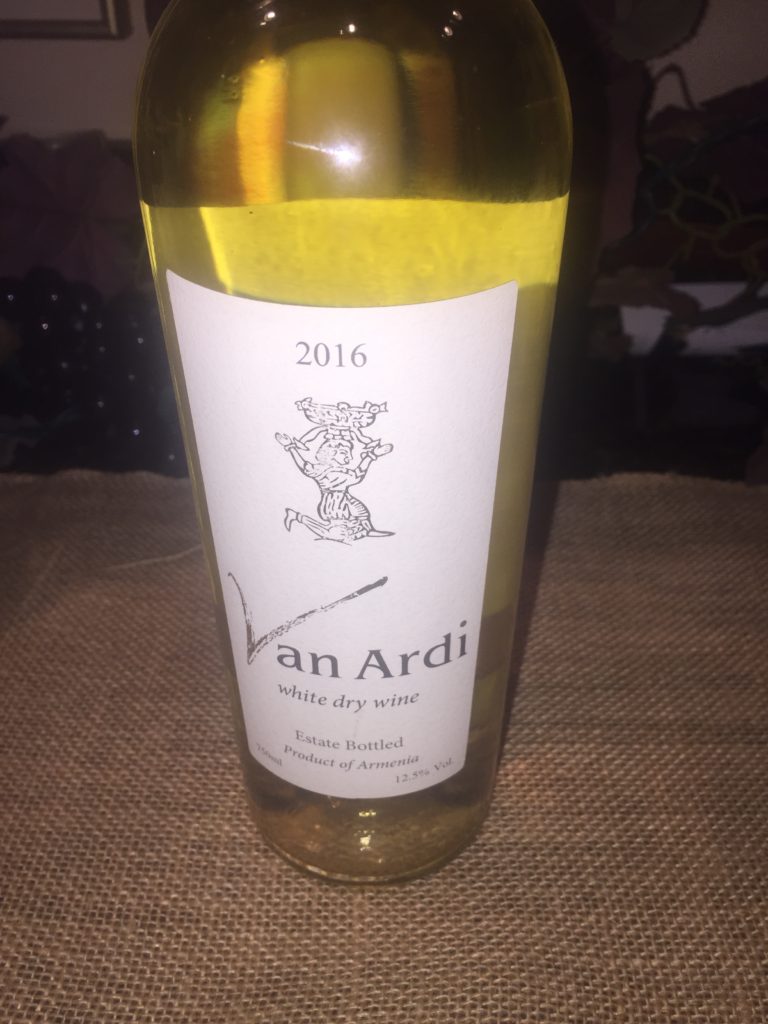
Kangun is a cross between several Armenian varietals and the Georgian grape Rkatsiteli; makes a very complex medium bodied white; may be compared to Alsace Pinot Blanc.
Rkatsiteli “rah-kats-ee-teh-lee”, whose name means “red stem,” is a pale skinned white wine variety that comprises nearly half of Georgia’s vineyard plantings. It is a hardy and easy-to-grow grape as it is resistant to cold and maintains a high level of acidity and sugar as it ripens. It can be made into dry, semi-sweet, and fortified wines, and also brandy. This variety is treated in both the traditional Georgian qvevri-style with extended skin contact and conventional-style white wine technique. In the conventional style, it becomes a well-balanced, medium-bodied white wine with a touch of spice. When made in qvevri style, it takes on an amber tone, a forceful structure, and beautiful creaminess on the palate. Rkatsiteli is also planted throughout surrounding Eastern European countries such as Bulgaria, Romania, Moldova, Ukraine, and Armenia and even the United States and Australia.
Second Course
Manti with Buttery Tomato and Garlic Yogurt Sauces
I’ve made manti for several previous wine dinners. This is a dish like many others that you will find in all of the countries in this area sometimes prepared with a different twist and sometimes not. My previous manti-making experience was with fairly large homemade ravioli squares stuffed and fastened up like little pouches. I was delighted to find this particular recipe that used wonton wrappers cut into tiny little squares. The good was that I didn’t have to make the raviolis and the bad was that they were cut into 1 inch squares and each one stuffed with the tiniest little dumpling about the size of a dime!!!! Each little manti was then squeezed in two corners and made to stand up like a little soldier. They were so cute all standing in my baking pan. Unfortunately I did not get any pictures of that. The sauces were the same as I had made before – only better! The tomato butter sauce suggested using ghee instead of regular butter which I did and the sauce was so smooth and tasty. The garlic yogurt sauce just requires the addition of salt and water stirring until it’s a pourable consistency.
The plating of this dish is a work of art! Be sure to layer in tomato sauce, then stand those little mantis up in the sauce, drizzle with yogurt sauce and sprinkle on some sumac and fresh chopped parsley. I absolutely loved this finished dish and paired with the Old Bridge Areni it was a marriage made in heaven!
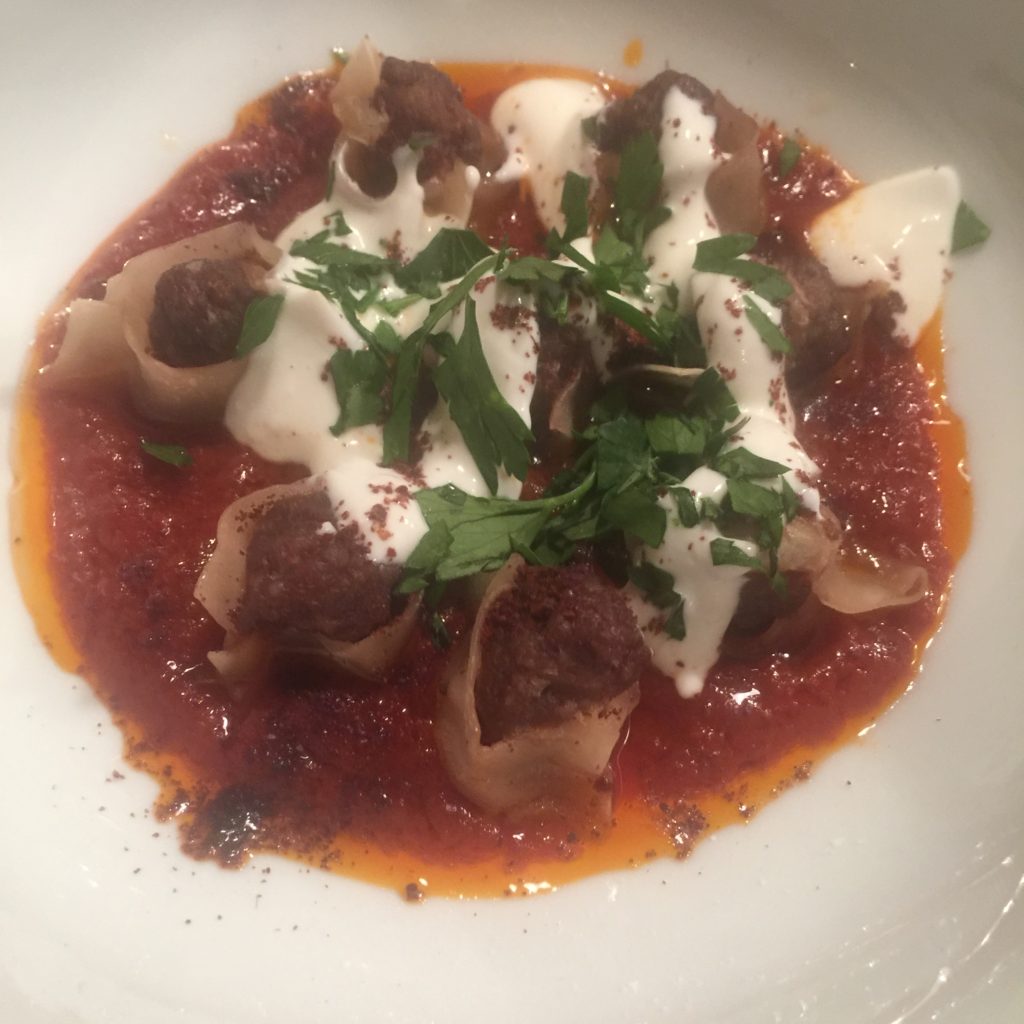
2013 Old Bridge Areni Reserve, Arpa Valley, Vayots Dzor, 100% Areni
Armen Khalatyan worked as an electronic engineer before visiting the region of Yeghegnadzor in the valley once traveled by Marco Polo. He decided to plant vineyards in a mountainous deserted area which had never been cultivated before. Twenty years later and after plenty of hard work, the family is really proud of him. The family business, named Old Bridge Wine Cellars after a nearby 13th century bridge, was begun in 1998, and today there is also a restaurant and B & B with mom taking care of guests and making meals. Dad is like “the king” in their small kingdom of hospitality and winemaking. Their vineyards are located on the right-hand bank of the Arpa River next to the little village of Arpi at an altitude of 1250-1300 m above sea level. Vineyard seedlings were selected to grow high quality Areni grapes. They later established 4 types of Kakheti vineyards. Voskehat grapes were begun to produce white wines. The soil is rocky and sandy which provides unique conditions for grape growing. Old Bridge now combines traditional Armenian (especially from Vayots Dzor region) and modern winemaking technologies and equipment. They use high quality wine yeast of Danish origin and secondary low lactose fermentation. The temperature is strictly controlled during fermentation to provide high quality wine. It’s then poured into stainless steel tanks, filtered at least twice and then poured into 350 liter Caucasian oak barrels. Wine maturing in barrels lasts at least 1.5 – 2 years, then resting in bottles for another 4-6 months before getting to market. Old Bridge produces about 16,000 bottles per year.
The 2013 Old Bridge Estate Reserve Areni was made from Areni 100% Areni grapes in the 3.5 ha of estate vineyards in Arpa Valley of Vayots Dzor from about 3,200 – 6,000 feet in elevation at the village of Khachik. Tasting notes for the wine told us to expect aromas and flavor intensity, complex and powerful nose of dried black fruits, a range of various spices and honey, captivating smoky, meaty, gamy character with pronounced coffee, leather and black pepper. The Old Bridge definitely lived up to our expectations! It also had silky tannins, high acidity, and exceptional balance and harmony with a medium long pleasant finish. This Reserve Areni and the manti were such a fabulous pairing – probably my favorite of the dinner. It is supposed to pair well with all red meats, aged cheese and spicy food. Try this wine!!!!!!! Also consider making manti to pair with it.
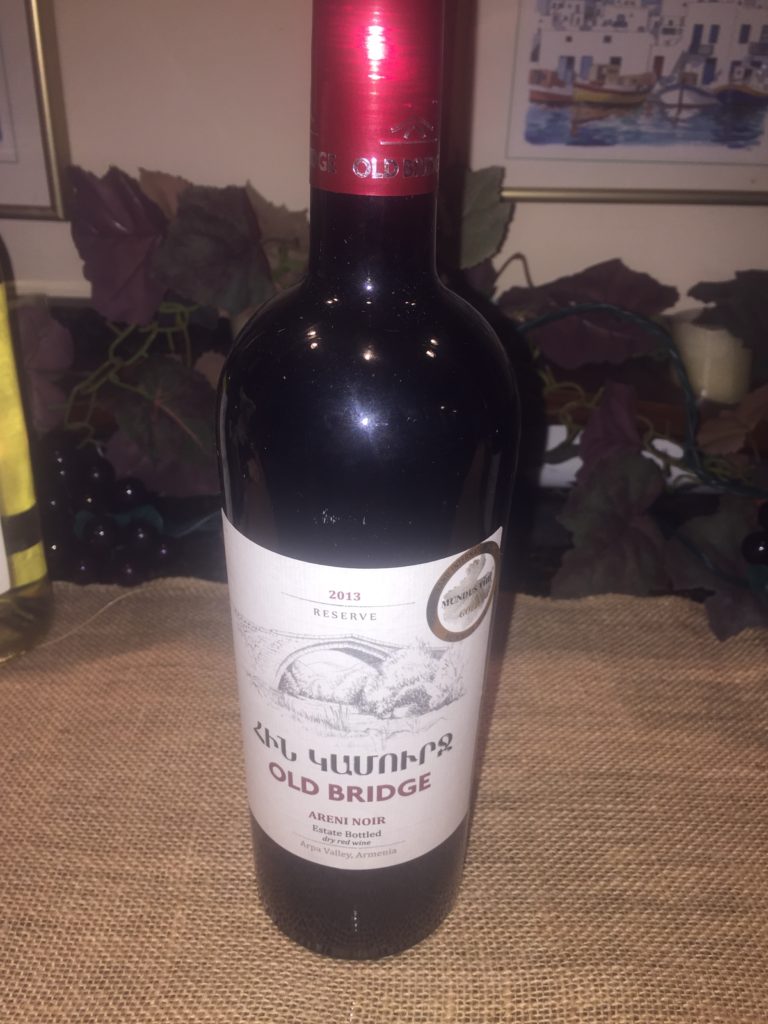
Areni “ah-reh-nee” is a red grape from the town of the same name in south Armenia. Because of geographical isolation and its harsh growing climate, it was never affected by phylloxerra. Its thick skin protects it from the summer sun and the harsh, high-elevation, continental climate. It makes red wine with light hue, high clarity, fresh acidity, and soft tannins. Wines made from this grape can have sour cherry, herb, spice, and grassy flavors – which at times has been said by some to remind them of a cross between Pinot Noir and Sangiovese. The grape gained some international fame when Zorah Karasi, a varietal wine made from Areni, was featured in the list of Bloomberg’s Top Ten Wines of 2012. We enjoyed serving and drinking Zorah Karasi Areni Noir at our last Armenian wine dinner. It’s another wine you should seek out and enjoy.
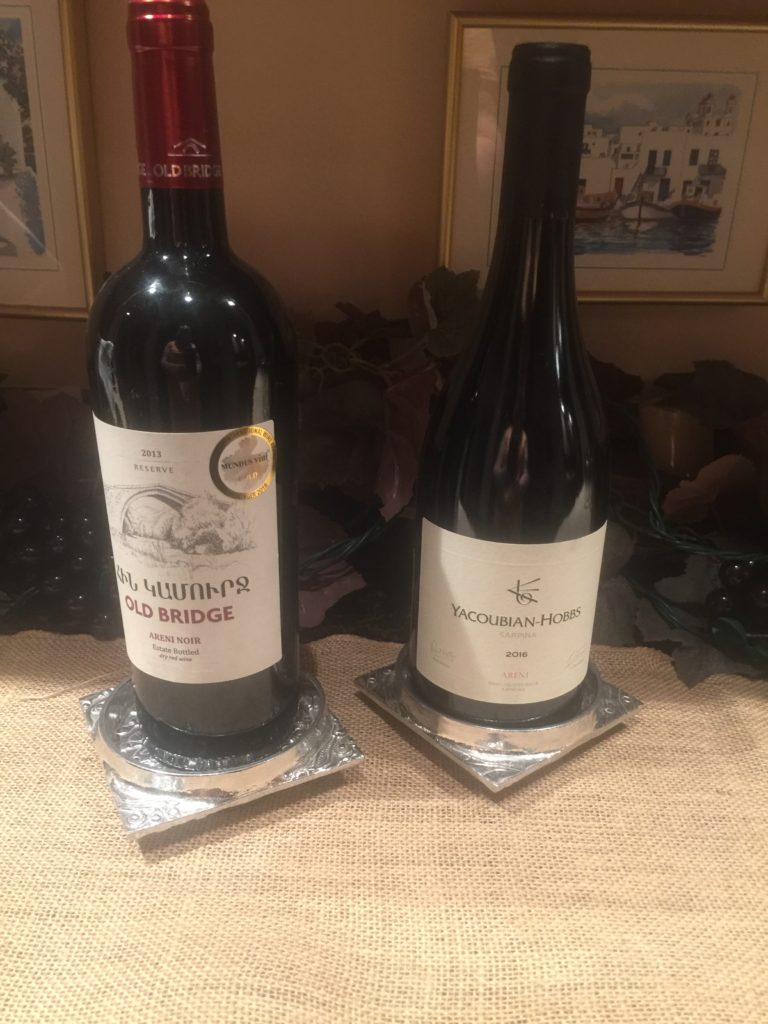
Third Course
Armenian Lamb and Grilled Vegetables
Seasoned “Greenwise” all natural lamb loin chops and eggplant, zucchini, onions, and tomatoes grilled and drizzled with an herb sauce
We prepared and served lamb and chicken shish kebab at our first Armenian wine dinner as well as the famous Armenian pizza made from ground beef, but I was looking for something just a bit different this time. I decided on Chef Geoffrey Zakarian’s Armenian lamb and grilled vegetable recipe as we could easily prepare it on our indoor stovetop grill. You have to be flexible and adapt to your equipment! Chuck prepared the vegetables, seasoning them with olive oil, zaatar, salt and pepper. Luckily I had some homemade zaatar – a blend of dried thyme, cumin, coriander, sesame seeds, sumac, salt and aleppo chili flakes. Amazing what you find in your pantry when you prepare wine dinners from countries near and far. Chuck also seasoned the lamb chops with olive oil, salt, pepper and zaatar. He grilled both parts separately, plated them, and sauced the finished lamb chops with a fresh herb sauce of dill, mint, parsley, garlic, serrano, shallot, oil and vinegar. It was another winner and together with the Yacoubian-Hobbs Sarpina Areni was hard to beat!
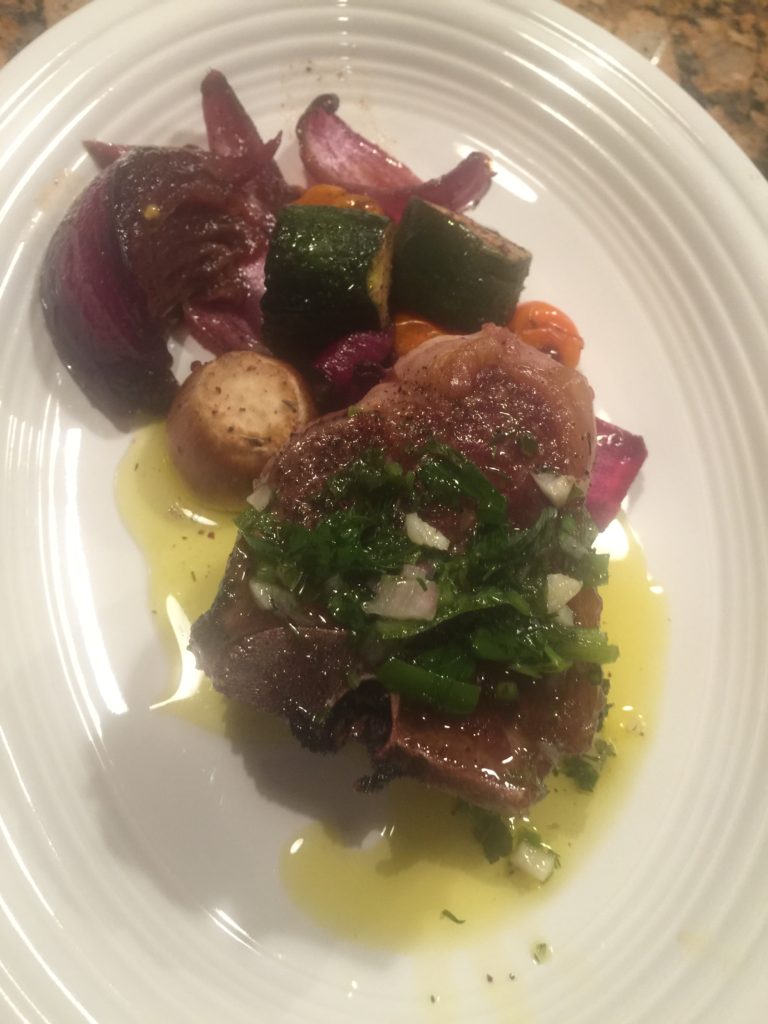
2016 Yacoubian-Hobbs “Sarpina” Areni, Rind, Vayots Dzor
100% Areni 93 pts WE
Paul Hobbs (California, USA) is not only well known for his vineyard and winemaking skills in California and the Finger Lakes of New York, but his international vision for winemaking in Mendoza, Argentina; Galicia, Spain and the Yacoubian-Hobbs winery in Armenia where he has been a partner since 2008. Hobbs and the Yacoubian family traveled to the “Birthplace of Wine” to make world class wines in Armenia. Since his partnership in Armenia, Hobbs has partnered to form Crocus in Cahors, France in 2011. In 2013, Forbes Magazine referred to him as the “Steve Jobs of the Wine Industry”.
2016 Yacoubian-Hobbs “Sarpina” Areni, Vayots Dzor
Viken Yacoubian drank a Paul Hobbs Pinot Noir back in 2003 and liked it so much that eventually the two of them decided to make wine together in Armenia. Yacoubian-Hobbs was born when they officially became partners in 2008. They settled on the Vayots Dzor region in the village of Rind, almost right across from the now famous Areni-1 cave complex where winemaking evidence was found dating back over 6,000 years ago. Yacoubian-Hobbs vineyards are 1200 meters high up in the rocky volcanic and limestone soils where they grow and produce their now world-famous wines just a stone’s throw from the famous Areni-1 cave. The normally hot summers get cooler temperatures at these higher elevations, and water is provided by melting snow on top of Mount Ararat. The Areni wines are aged in French oak and produced in very small case lots. “Sarpina” is named for the posts used to train the vines which is recorded in Armenian agricultural history books. 2016 Sarpina Areni is quite complex with intense aromatics of ripe red cherries, black plums and dried flowers, followed up by vanilla, cinnamon and chocolate. This is such an elegant wine, full of velvety tannins and a long finish. Wine Enthusiast gave it 93 points. We served this wine at our first Armenian wine dinner and so enjoyed it that I decided it had to be poured for our second wine dinner. Areni wine is definitely one of my new favorite grape varieties, and I think that our guests from both wine dinners will agree.
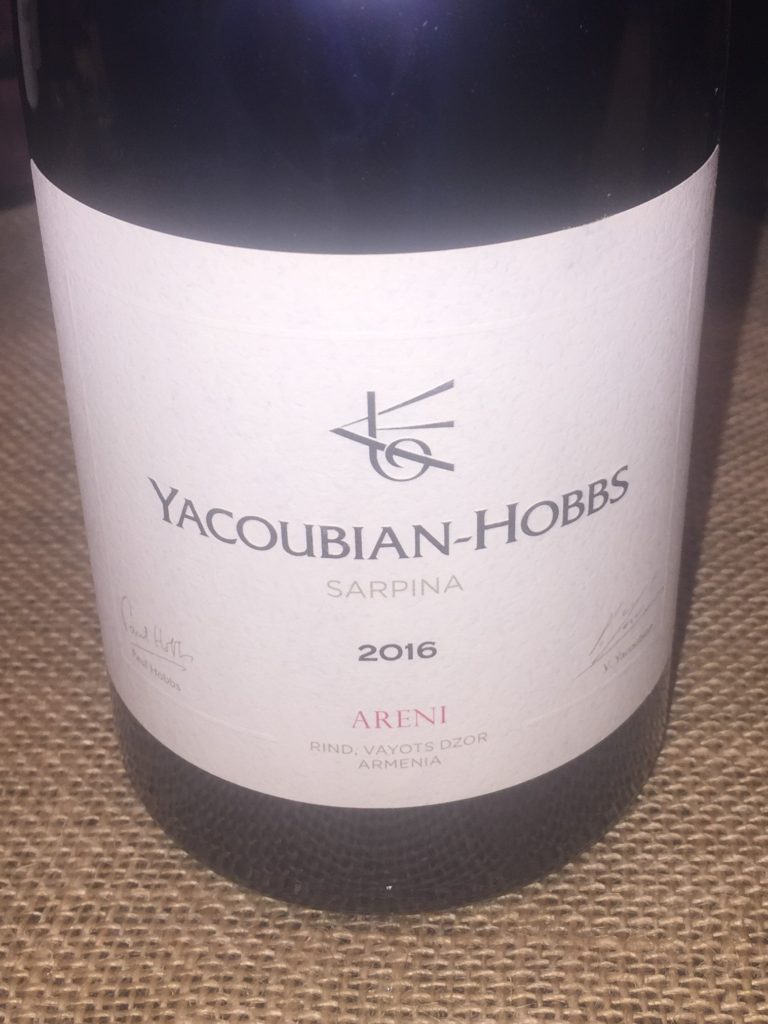
Ararat 10 Year Akhtamar Brandy and Sweets
I never set out to feature and serve brandy at a dinner with Armenian wines, but the more I learned about Armenia, the grapes and wines – and especially the importance of Armenian brandy – it became mandatory that I source a bottle of brandy and serve it with some recommended pairings. I was so glad that I did because this 10 year old Ararat brandy made by the Yerevan Brandy Company won the surprise grand prize for the night at our first Armenian wine dinner.
Brandy has probably been made in Armenia since the 12th century, but we do know that when Shustov and Sons took their Armenian brandy to the 1900 Universal Expo of Paris, they beat out Cognac in a blind tasting! This was so unheard of that they earned the right to call their brandy “Cognac”; however, just like Champagne that right ended. Yes, “Cognac” must come from the French commune of Cognac in Southwest France. Shustov went on to become the Yerevan Brandy Company which is Armenia’s largest brandy producer today. There are more brandy distillers per capita in Yerevan than any other city in the world. Yerevan Brandy was purchased in 1999 by the French company Pernod Ricard. Products are labeled and marketed as “ArArAt”.
This particular 10 year old brandy is everything promised in the tasting notes and more: rich mahogany color, dark fruit on the nose with exotic tropical spices and notes of vanilla and butterscotch. On the palate, you can enjoy a creamy texture and notes of figs, apricots, raisins and pears. It has a long enjoyable finish with cinnamon and toasty oak. Just outstanding!!! My internet research recommended everything that we served to pair with it – dark chocolate, Camembert and dried figs and apricots dipped in more dark chocolate – plus our apricot brandy cake!
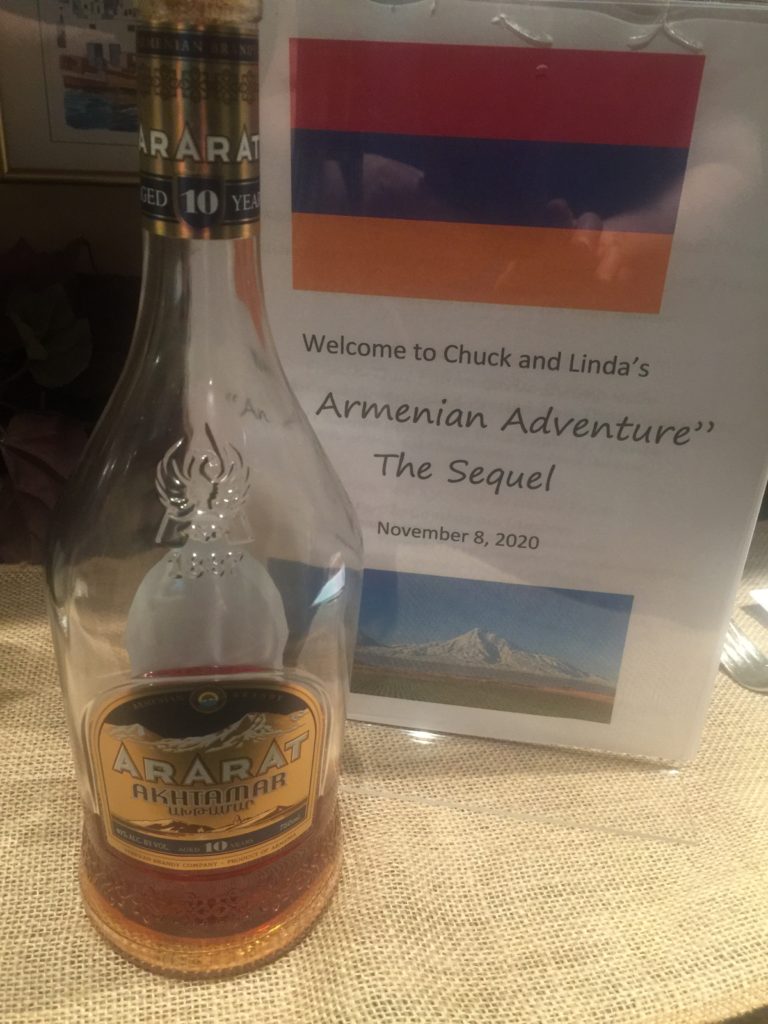
Apricot Calvados Brandy Cake
Dark Chocolate Truffles
Camembert Cheese
Chocolate Dipt Dried Figs and Apricots
Armenian Coffee
At our last dinner, one of my foodie friends baked a delicious Armenian orange cake for dessert. Since I was baking this time, I decided to change it up a bit and baked an Armenian Brandy Cake to keep up with the brandy theme. It was quite decadent with the one-half cup of Calvados apricot brandy I was so lucky to have in the liquor cabinet. This was one over-the- top cake which the recipe said is usually served at Easter time.
Soorj or Armenian coffee (which is similar to Turkish) is ground super fine. You are supposed to have an Armenian coffee pot called a Jezve to make it. I thought about trying to quickly source one, but decided my Armenian coffee days may be limited. So I used my stainless steel frothing pitcher which I thought was quite creative! The ground coffee is supposed to heat in the water right on the burner until it foams several times, but don’t let it boil! Sadly my foams didn’t work quite right even though I watched Henry’s House of Coffee video on “How to Make Armenian Coffee”. The coffee must have known about my sadly lacking espresso foam making skills. But right or wrong, I made several pots of it for our more adventurous dinner guests to follow up ArArAt brandy, and it was quite tasty.
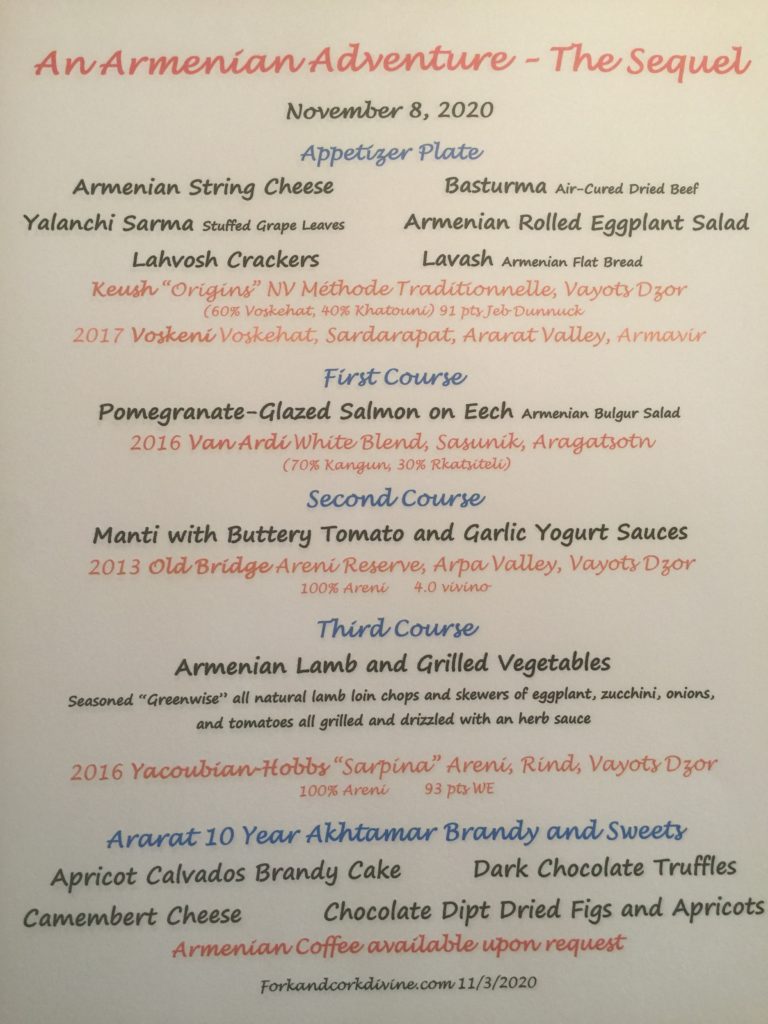
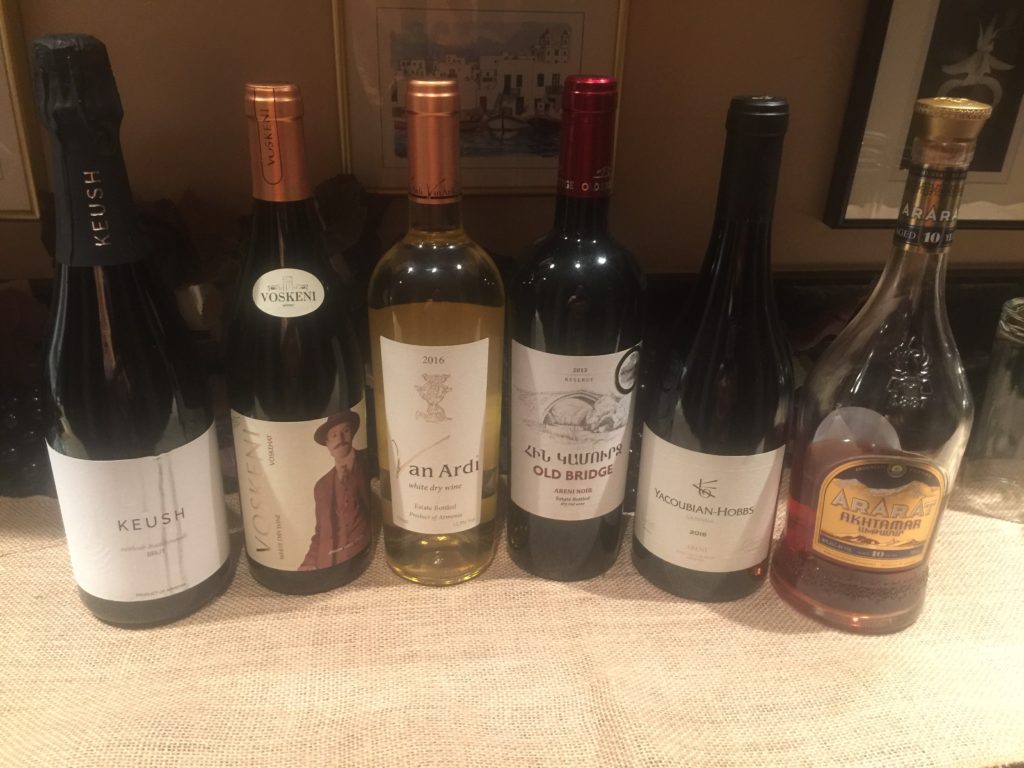
Mission accomplished! We set out to showcase five Armenian wines and one brandy by pairing them with delicious Armenian -inspired food to four of our foodie winelover friends who had never had an Armenian wine before. Our guests enjoyed the event and were quite impressed with the quality of the wines. We had a sparkling Armenian wine made from Voskehat and Khatouni grapes in the methode traditionelle from one of the highest elevation vineyards in the world to make methode traditionelle sparkling. We had white wines made from Voskehat, Kangun and Rkatsiteli white grape varieties. We had Areni Noir wines made from grapes grown not far from the Areni-1 cave complex, where winemaking evidence was found dating back 6000 years ago. We had a 10 year old brandy made by a company that once beat out French cognac in a blind tasting. And you can see Mount Ararat from the vineyards of many of these wineries. They are in the “cradle of winemaking”.
A number of Armenian wines have been recognized in the past few years by wine critics and connoisseurs. These wines were made by winemakers who have gone back to their roots while at the same time trying to modernize the wine industry in this tiny landlocked country that exists between Russia, Georgia, Iran, Turkey and Azerbaijan. These winemakers and winery owners, who say Armenia doesn’t just make brandy, predict that this will be a totally different winemaking region in the next ten years, and that Armenia will take its place in the global market. If they continue to make wine like what we just tasted, I truly hope they reach that goal. Bring on the Areni Noir!!!!!
I must acknowledge once again my friends Charine Tan and Matthew Horkey at Exotic Wine Travel who first got me interested in Armenian wines. Without their You Tube videos, Facebook posts, articles and book “Uncorking the Caucasus: Wines from Turkey, Armenia and Georgia” I would have had little knowledge of Armenian wines and probably even less interest. Earlier this year I watched them do a Facebook Live interview with an owner and winemaker of Karas Wines in the Armavir Region of Armenia. The winemaker was so interesting and the wines were getting great recommendations that I knew I had to find some of them. That was the beginning of my hopefully long enjoyment for some of Armenia’s finest wines.
11.29.2020
www.forkandcorkdivine.com

